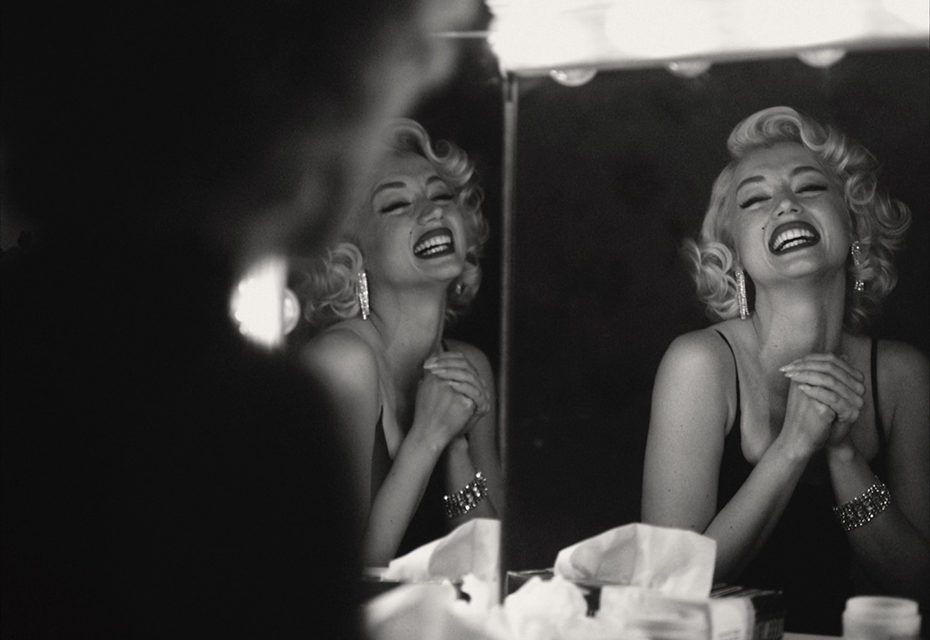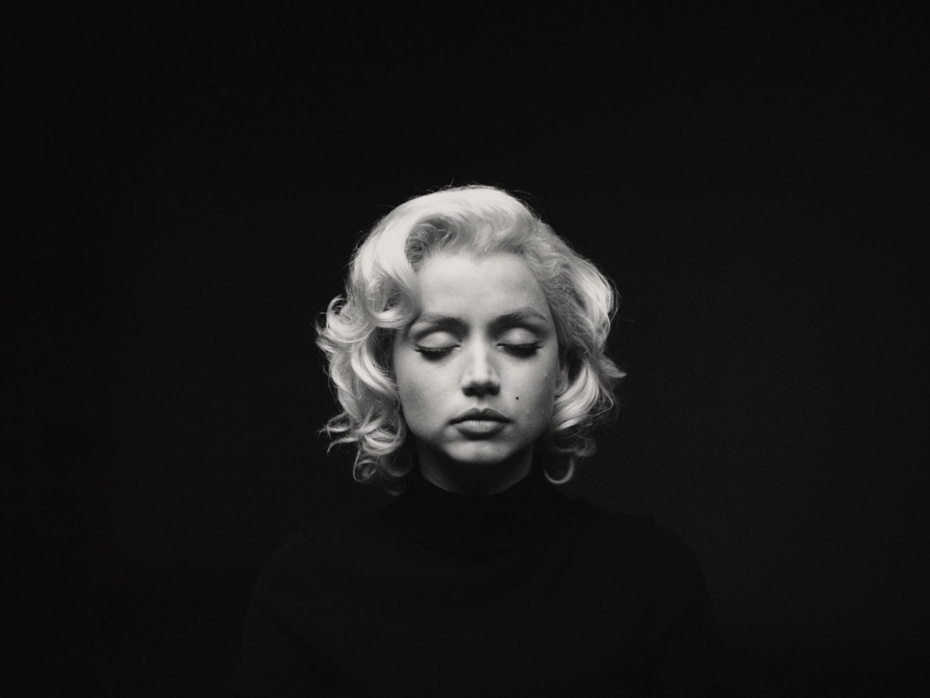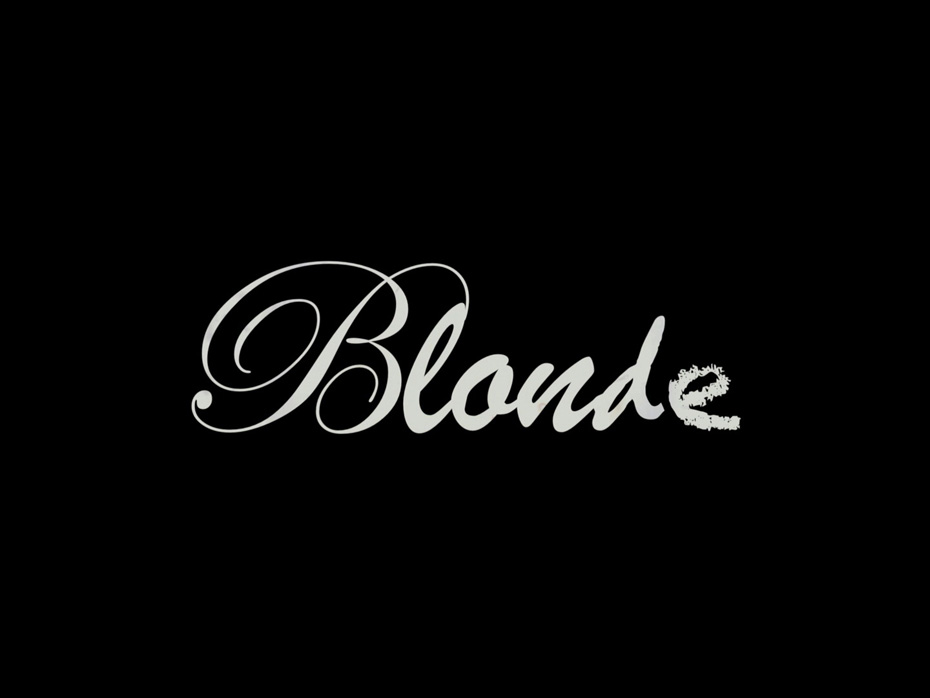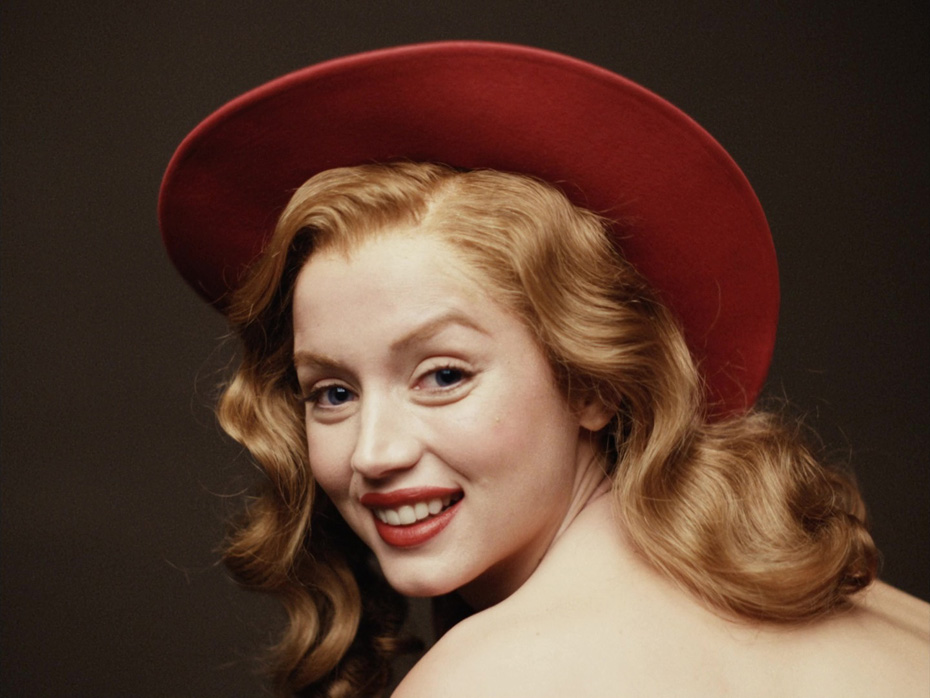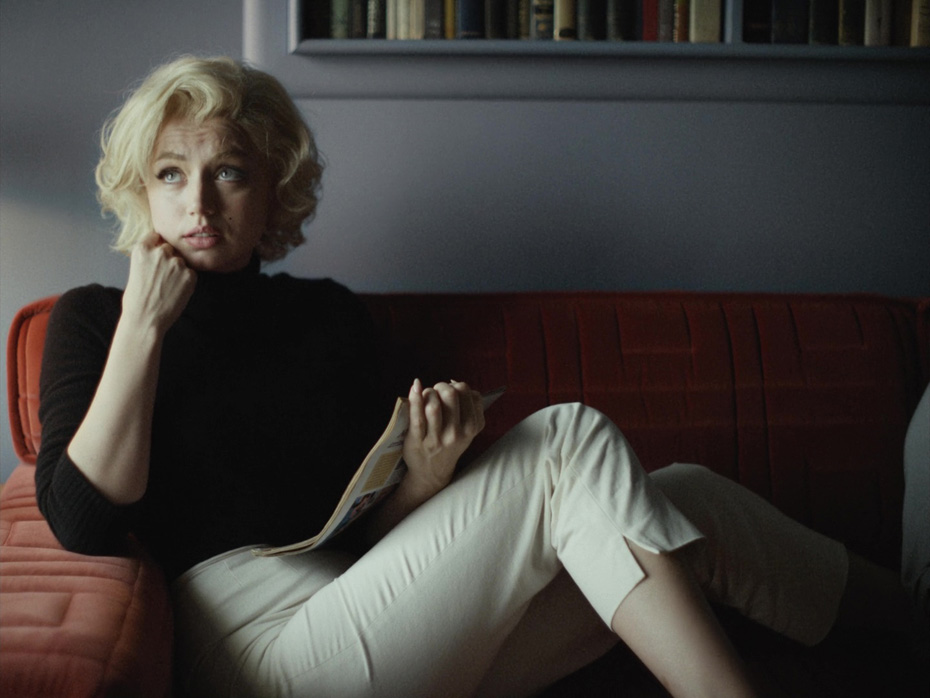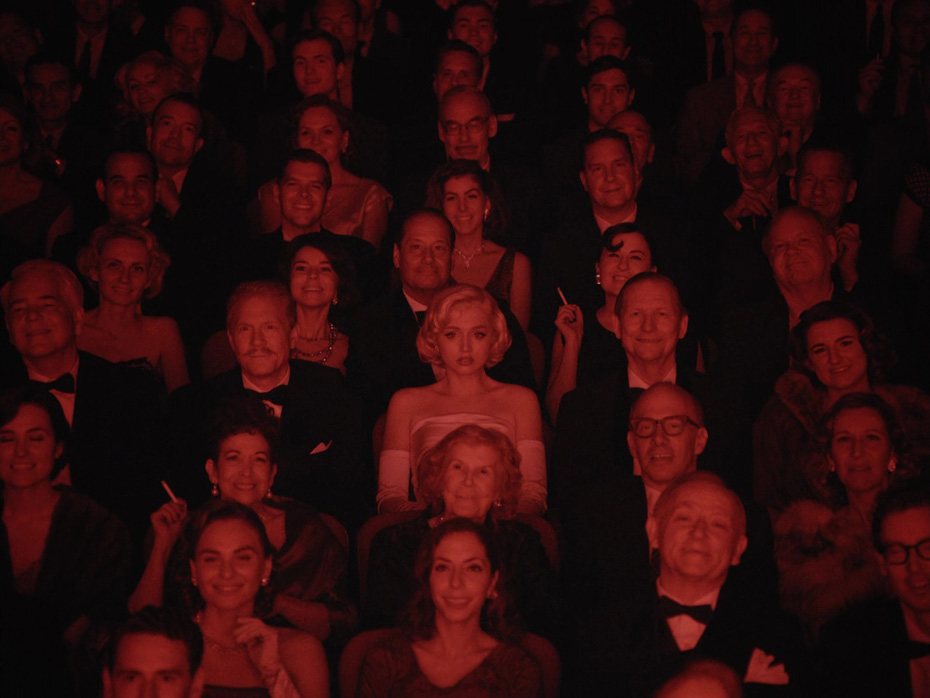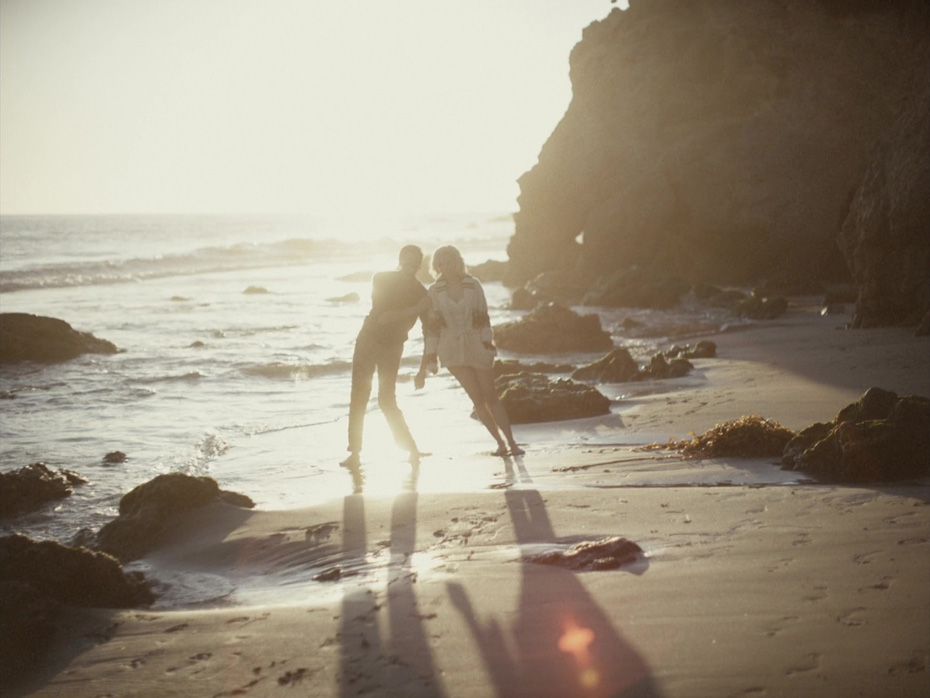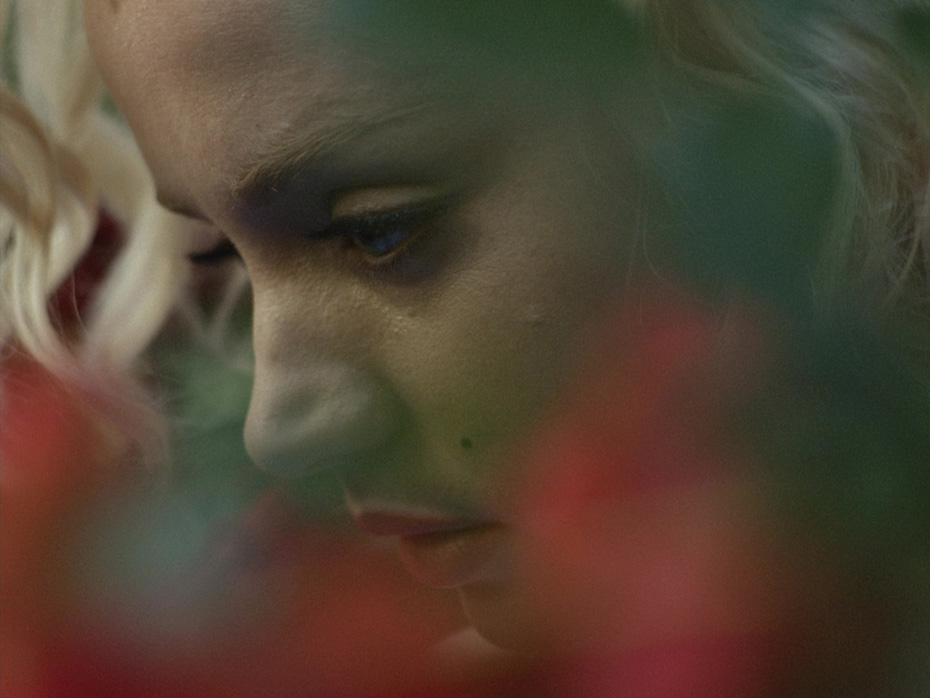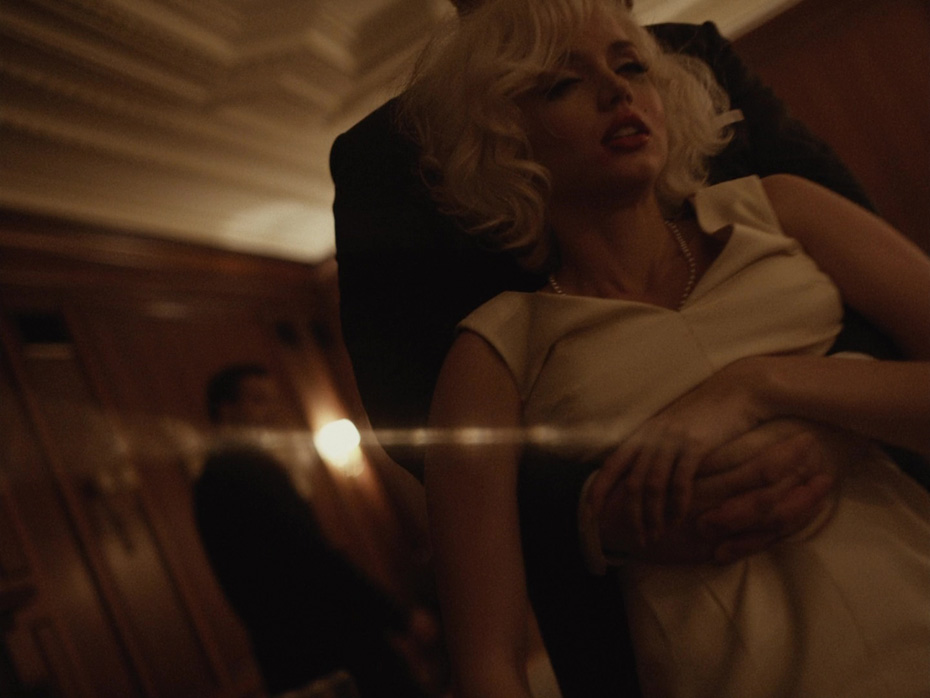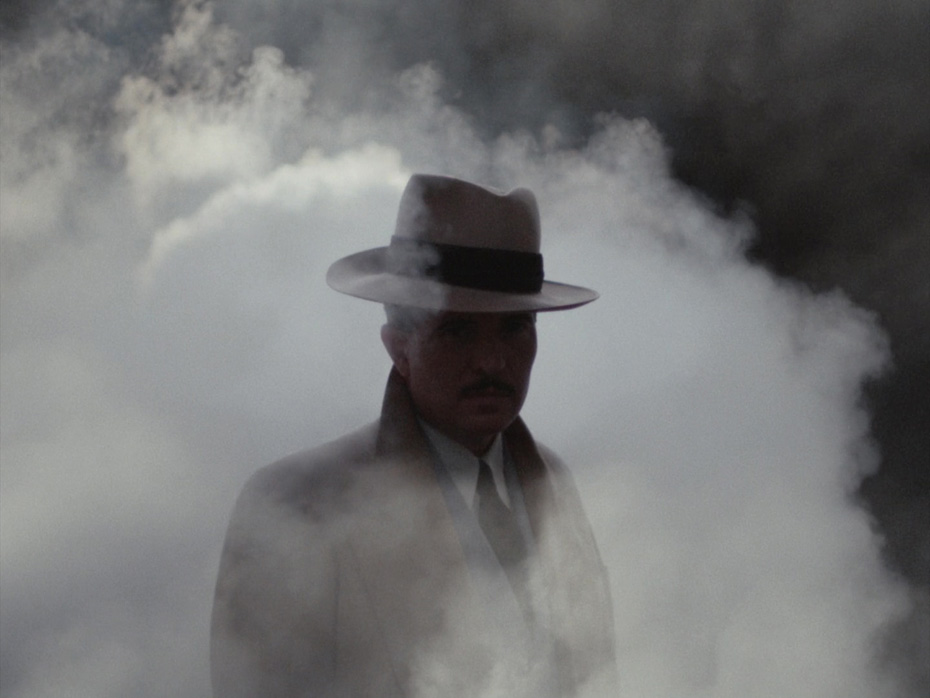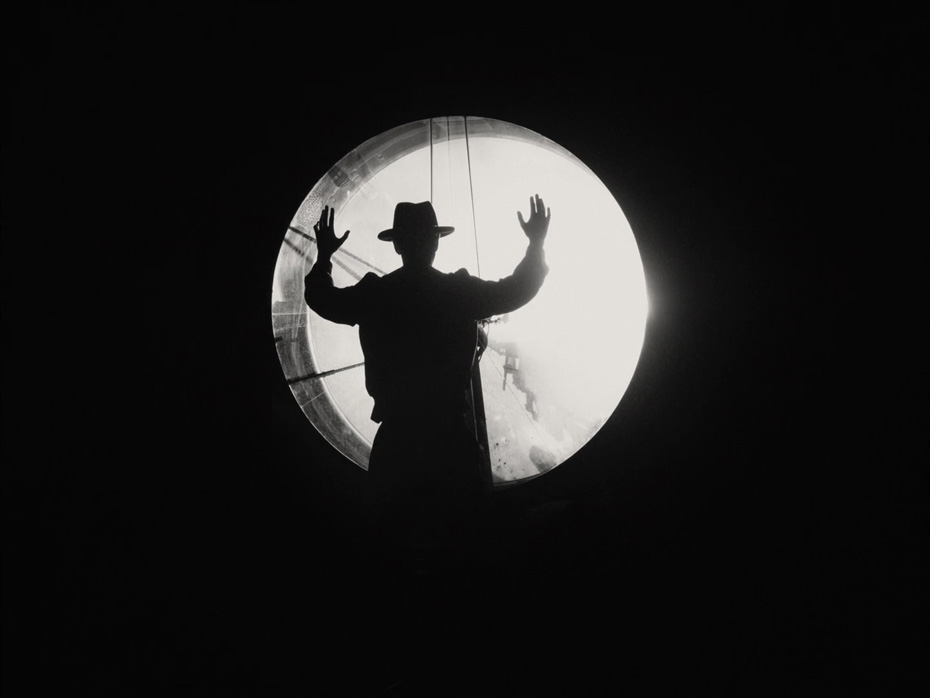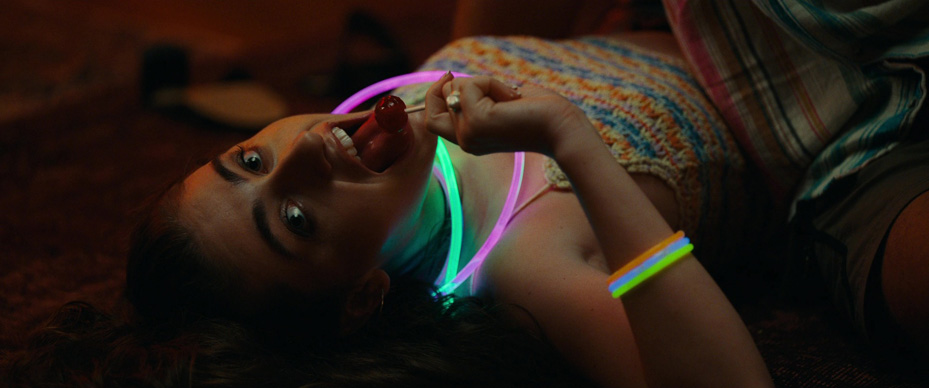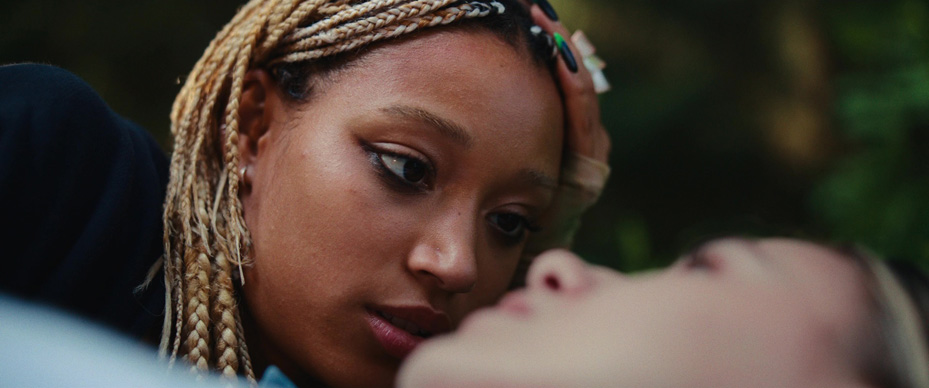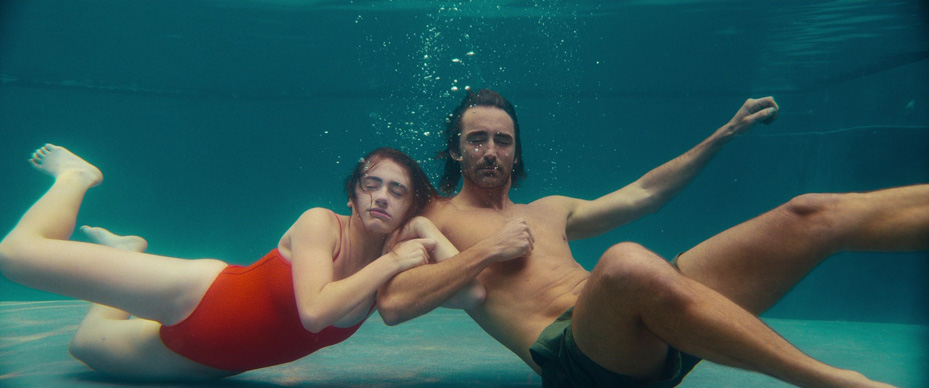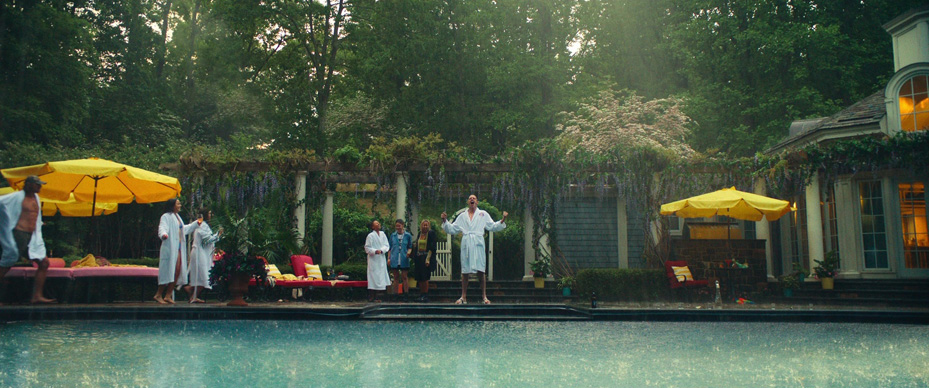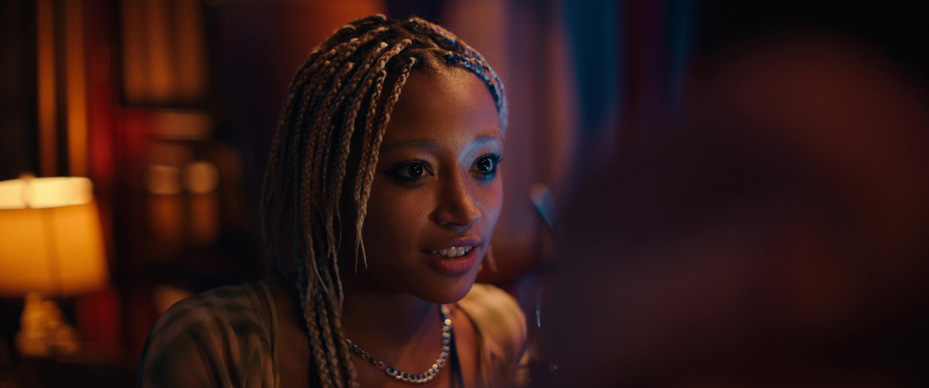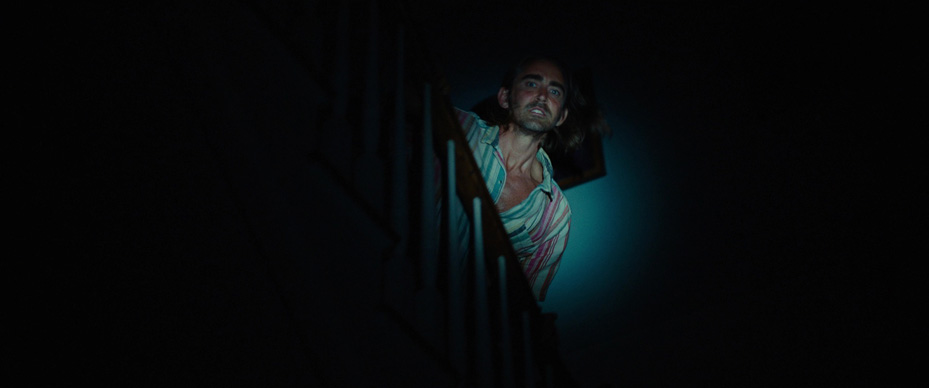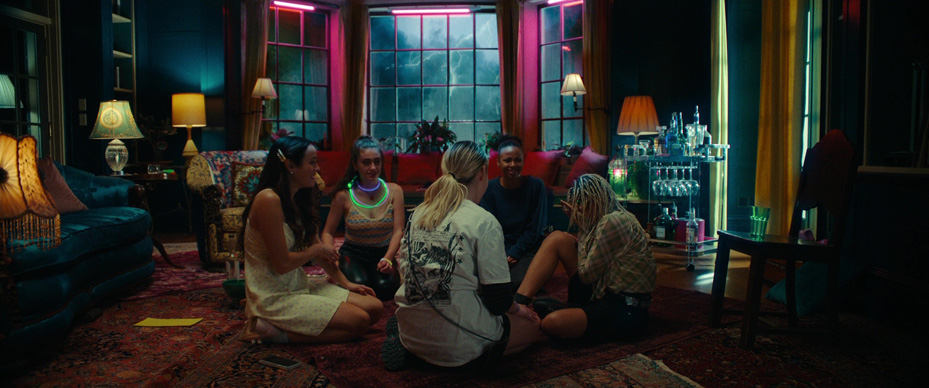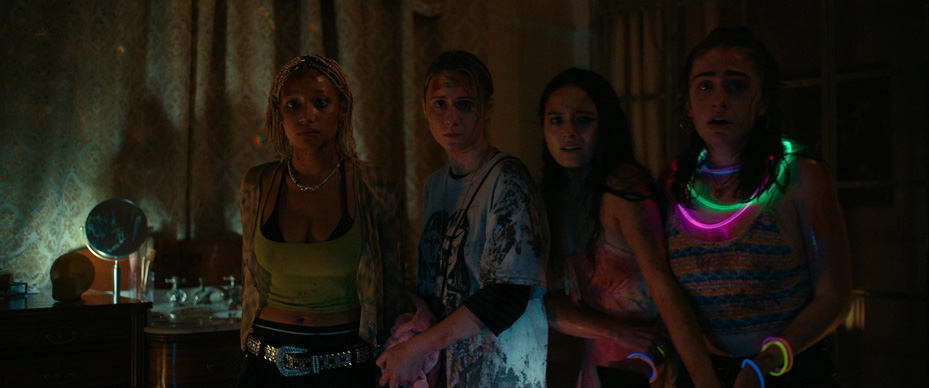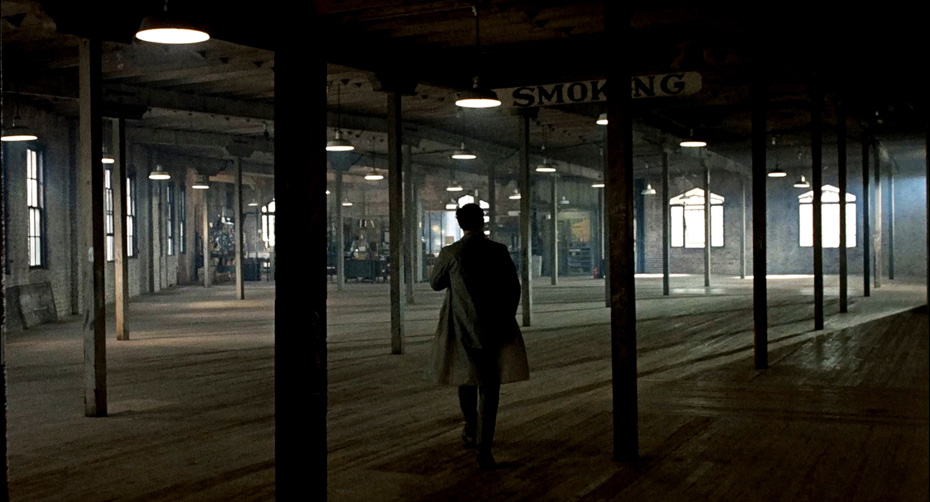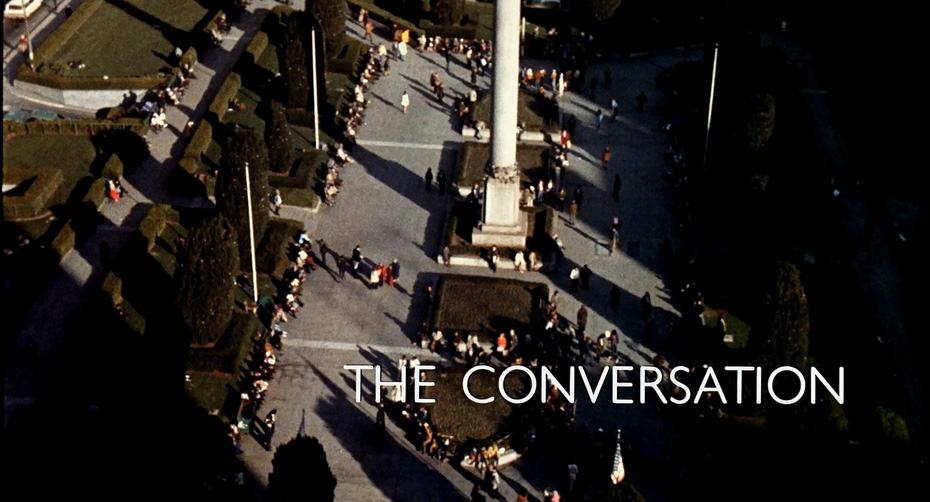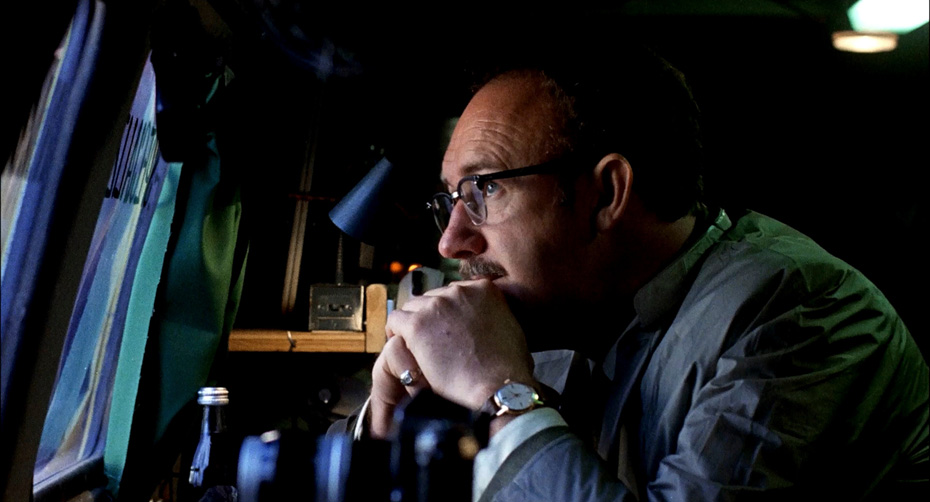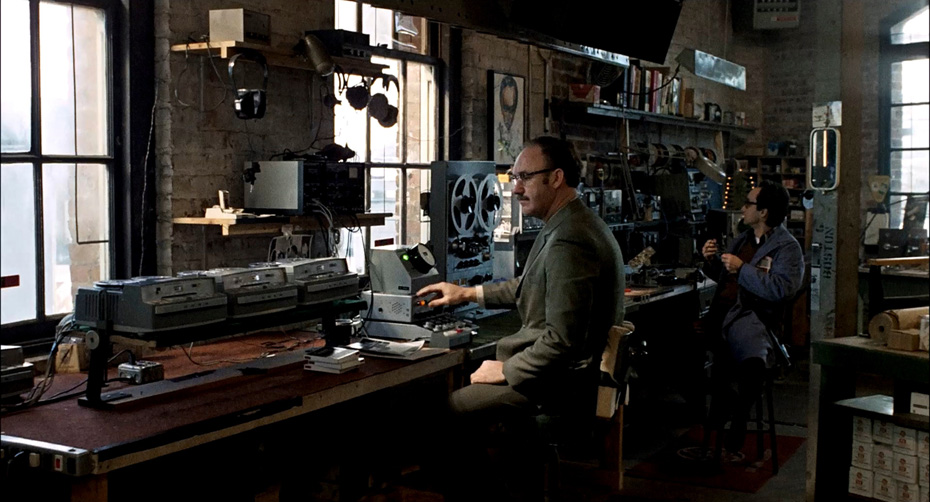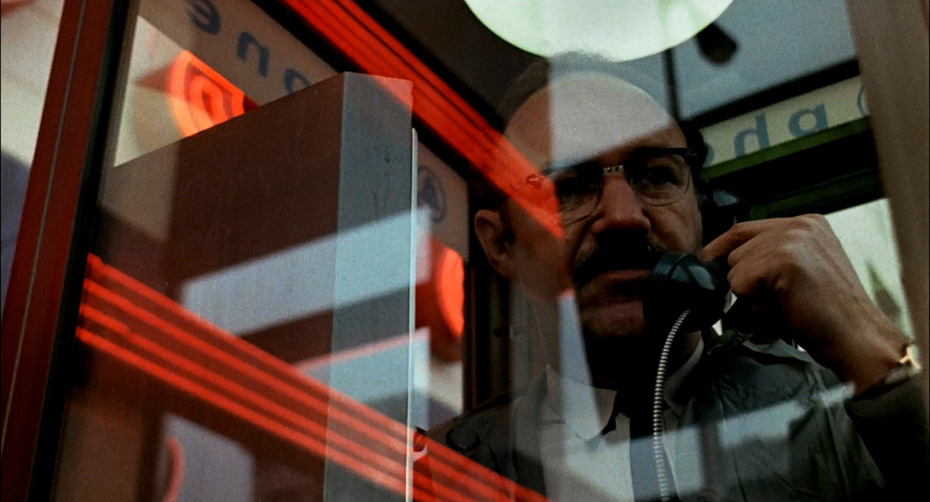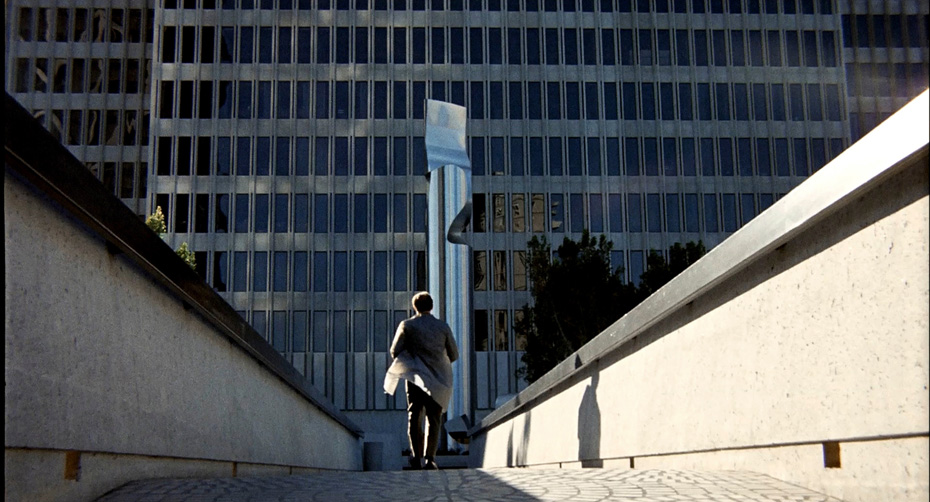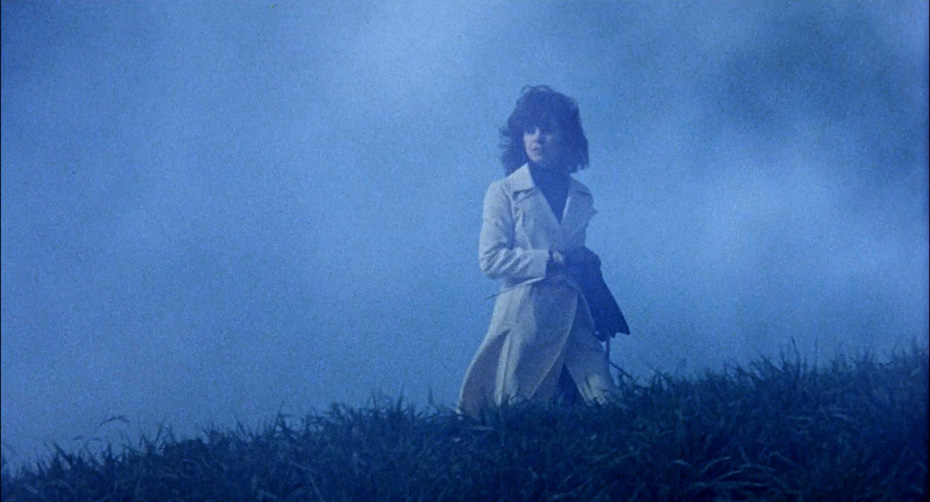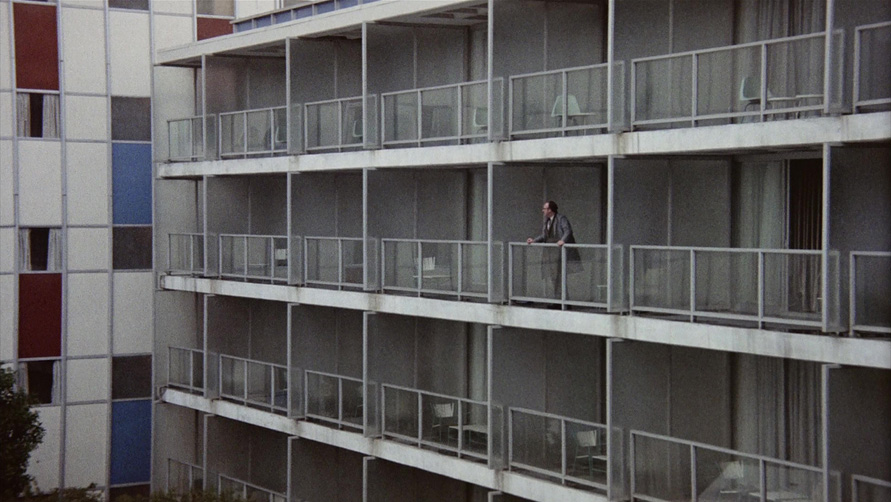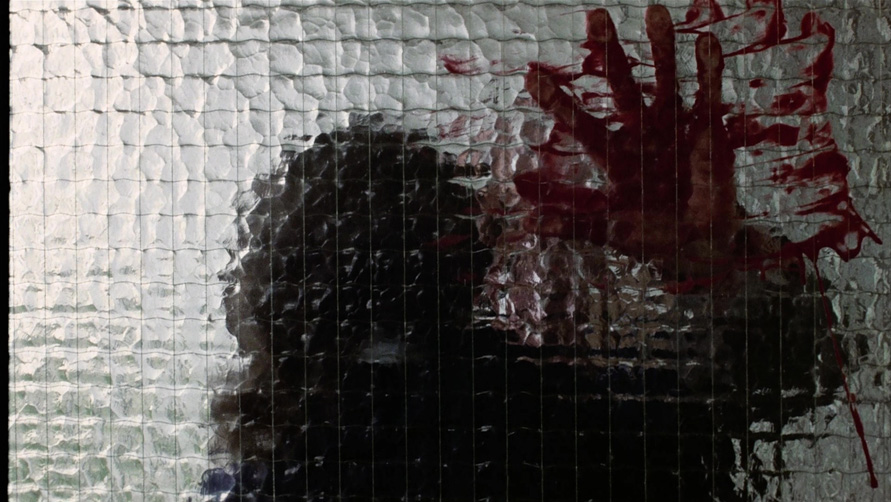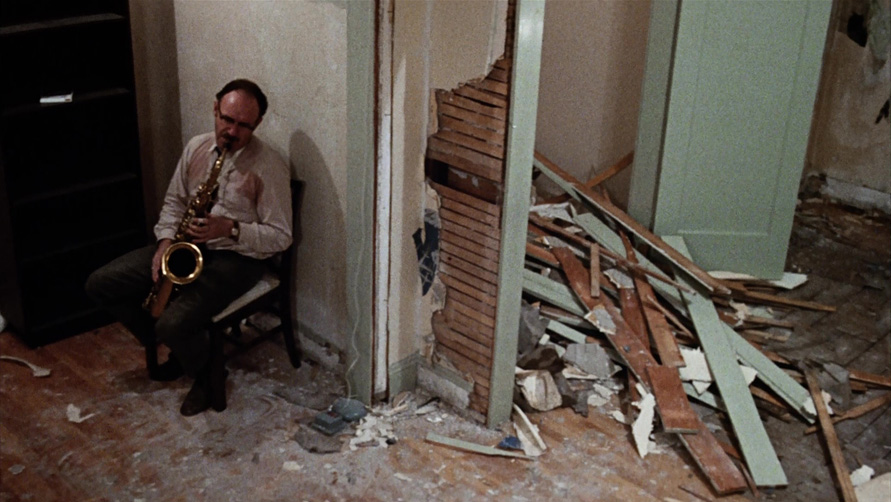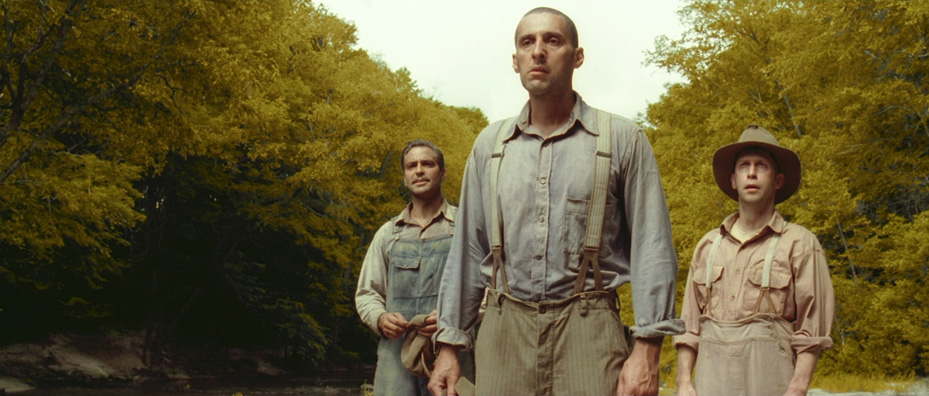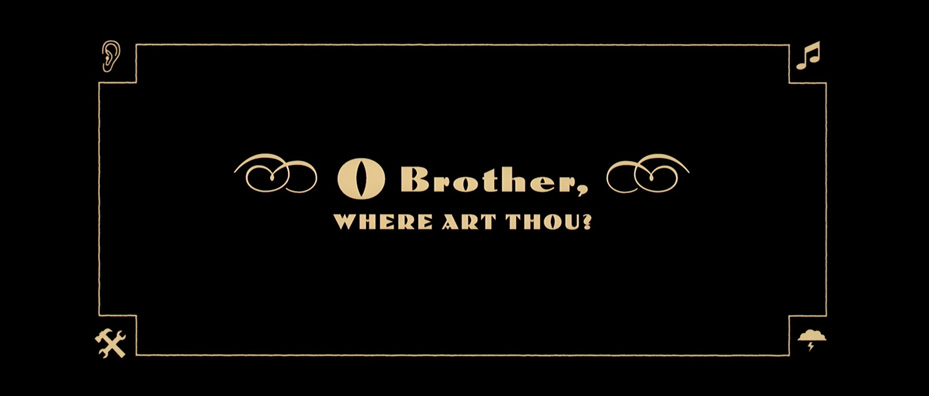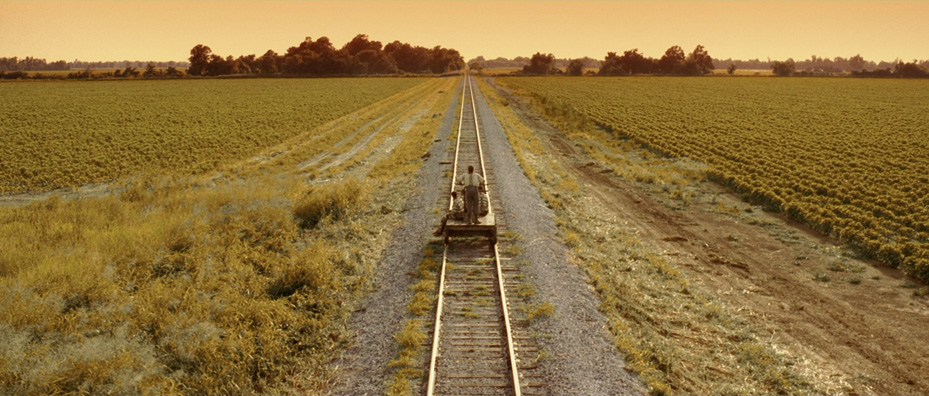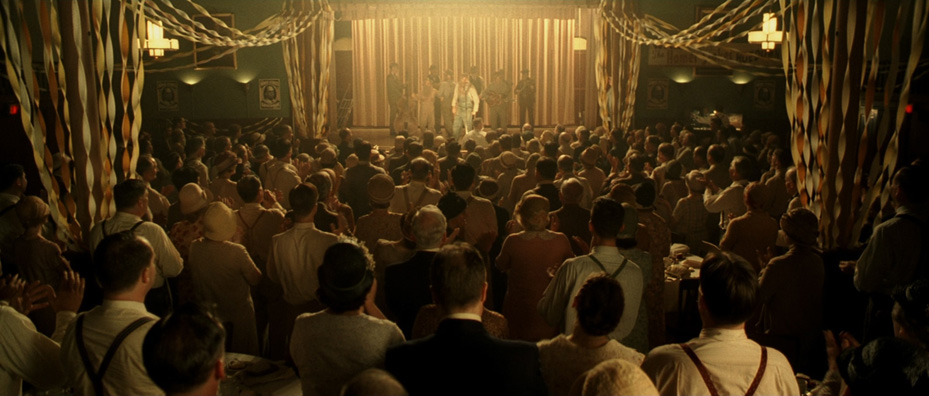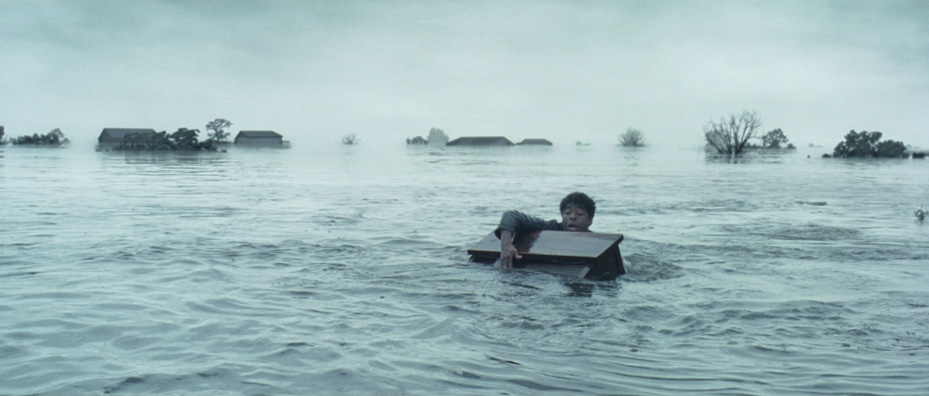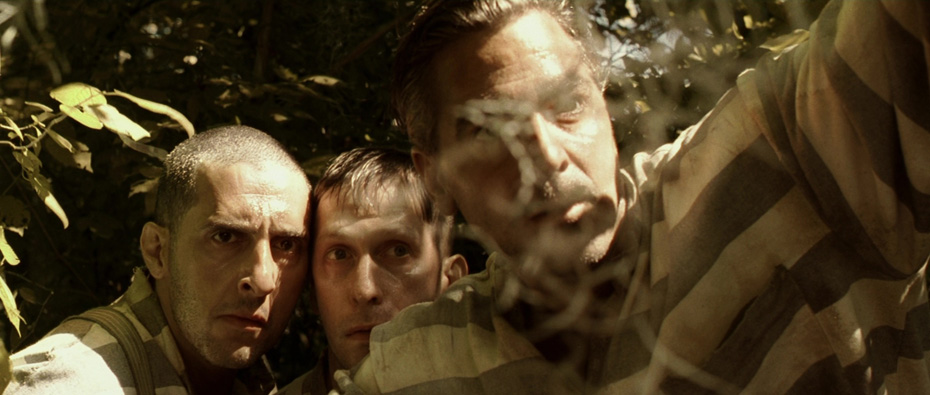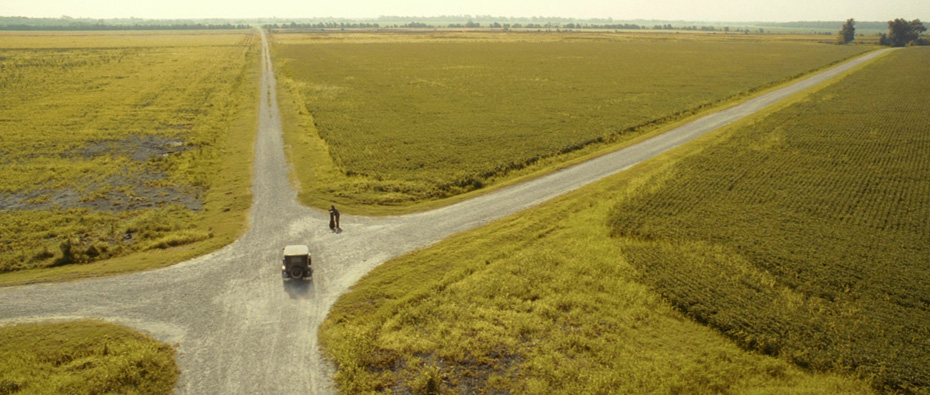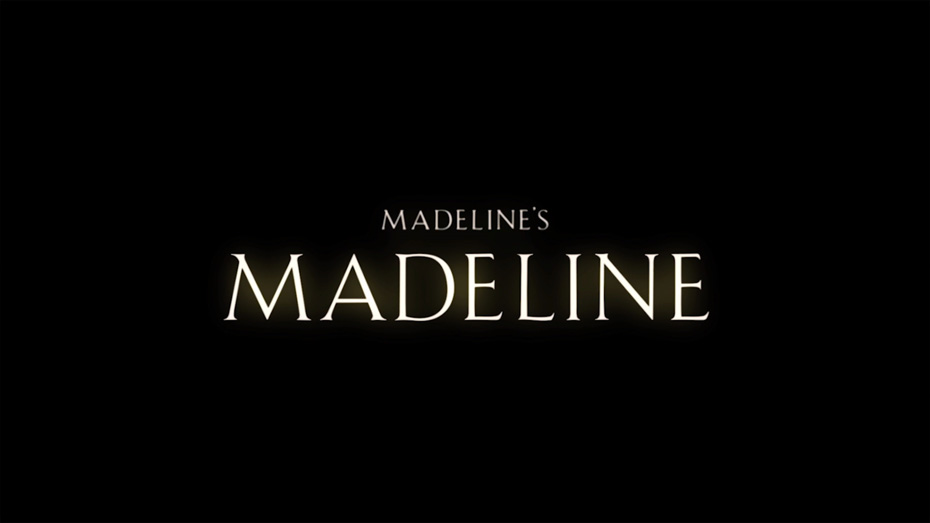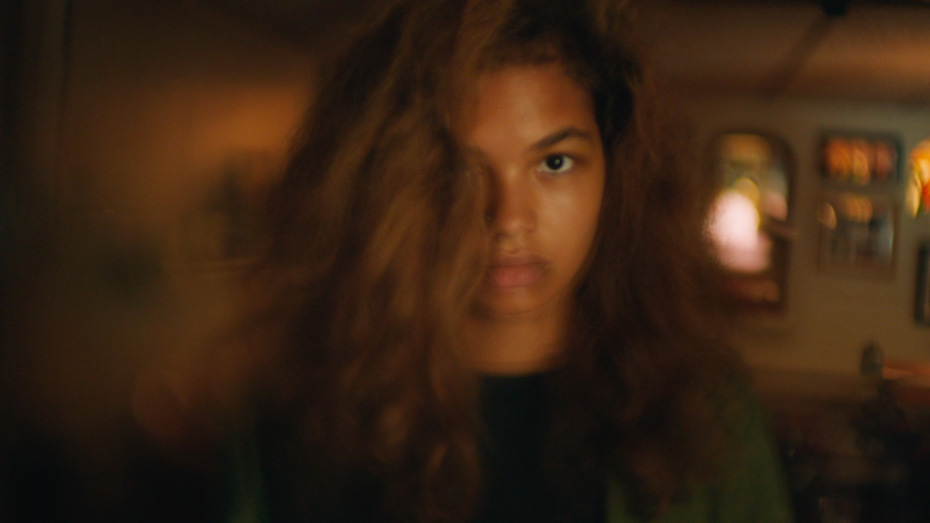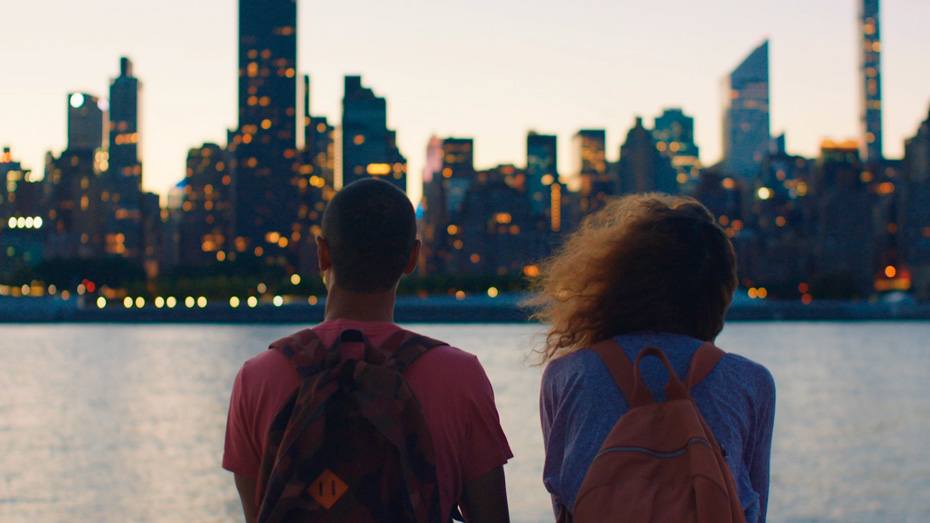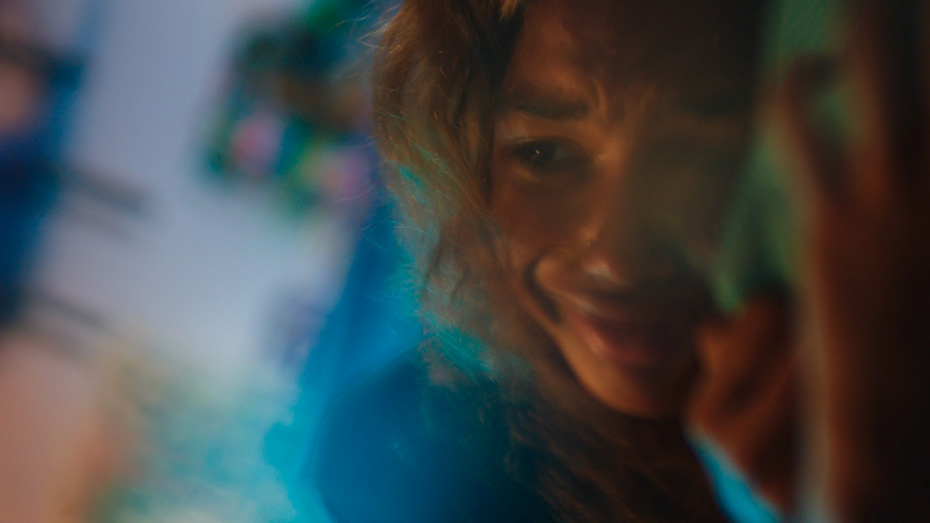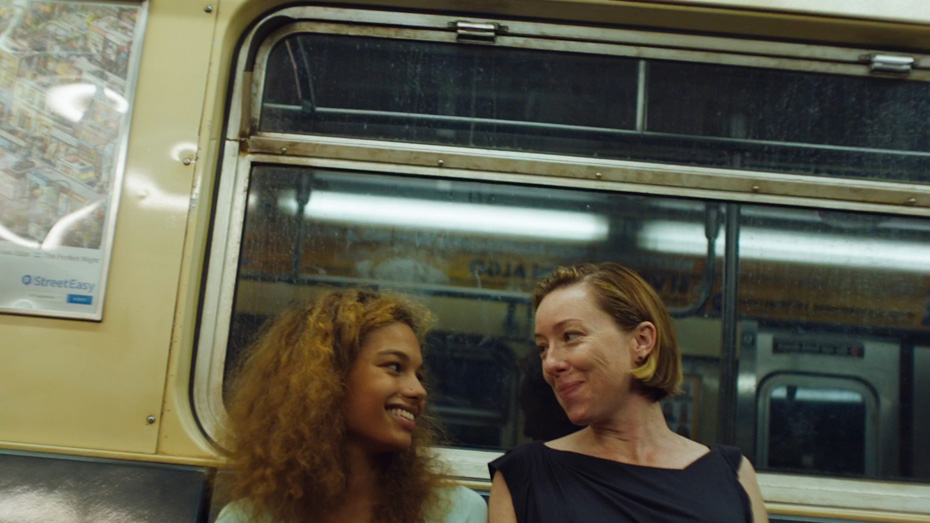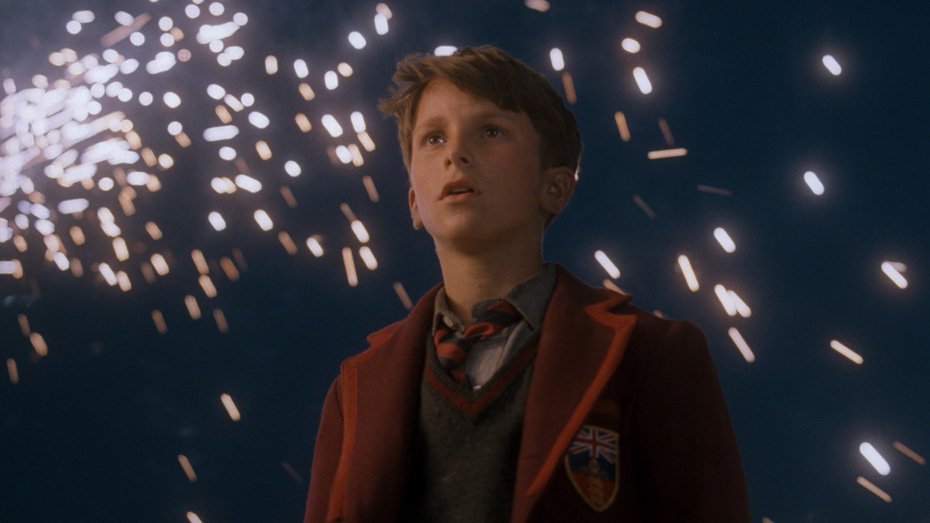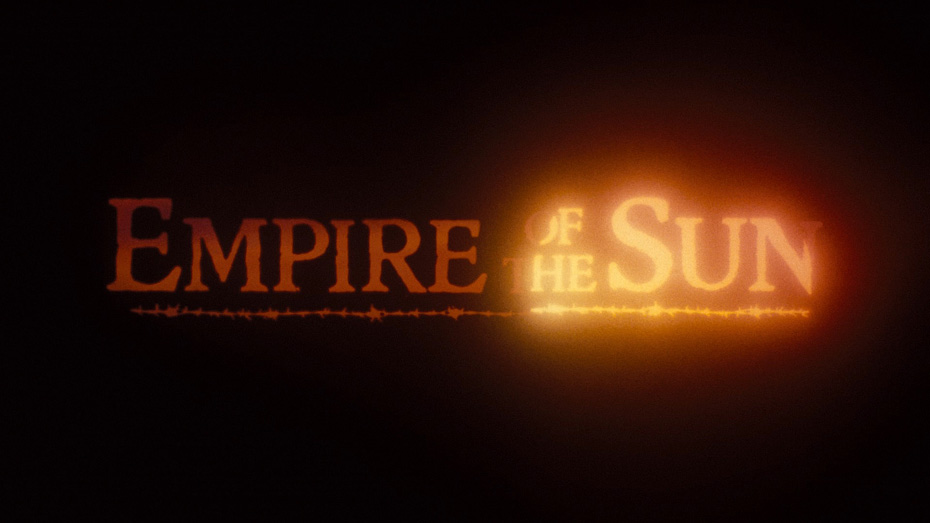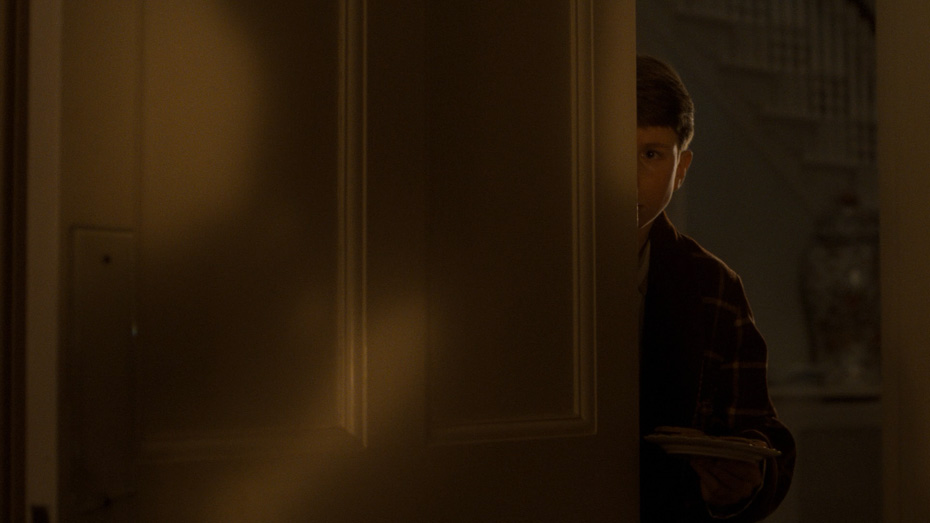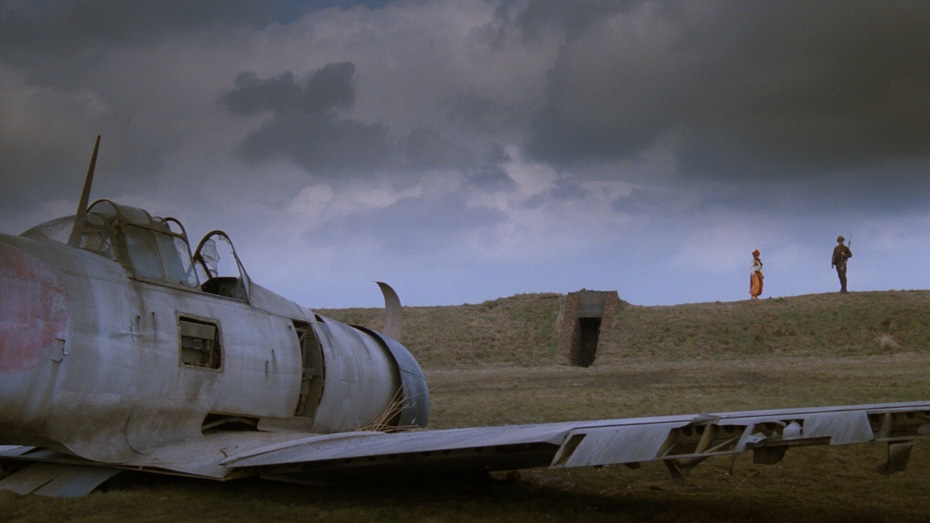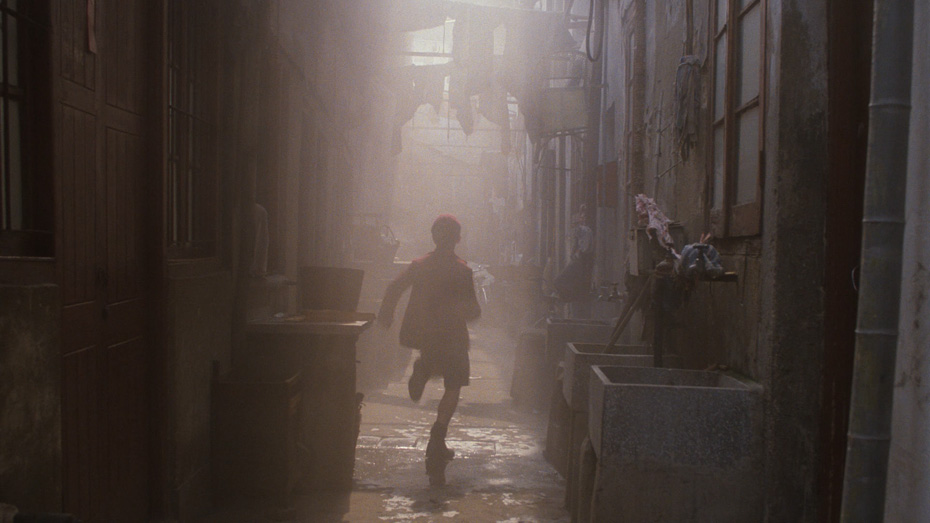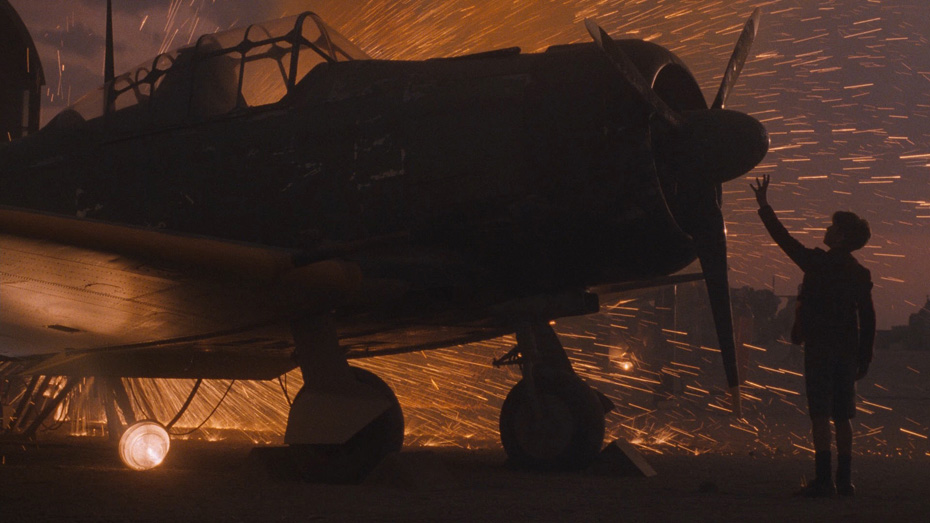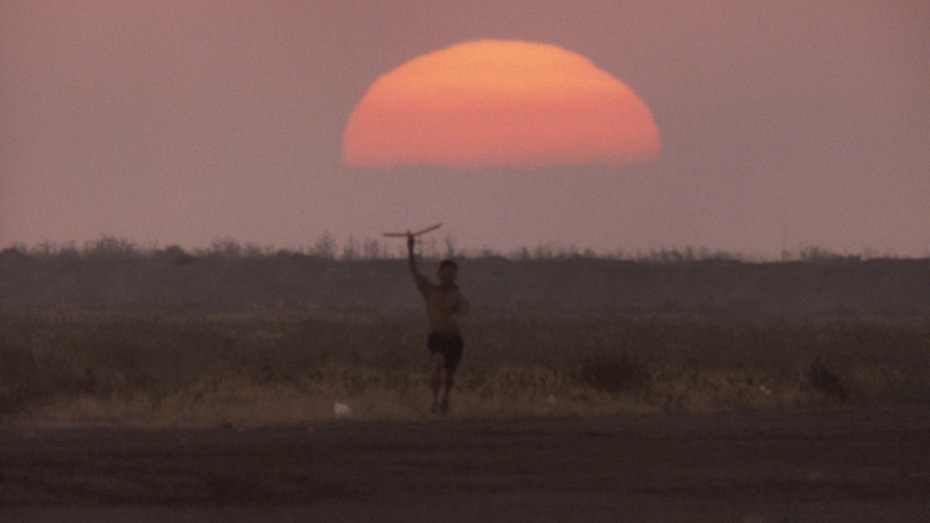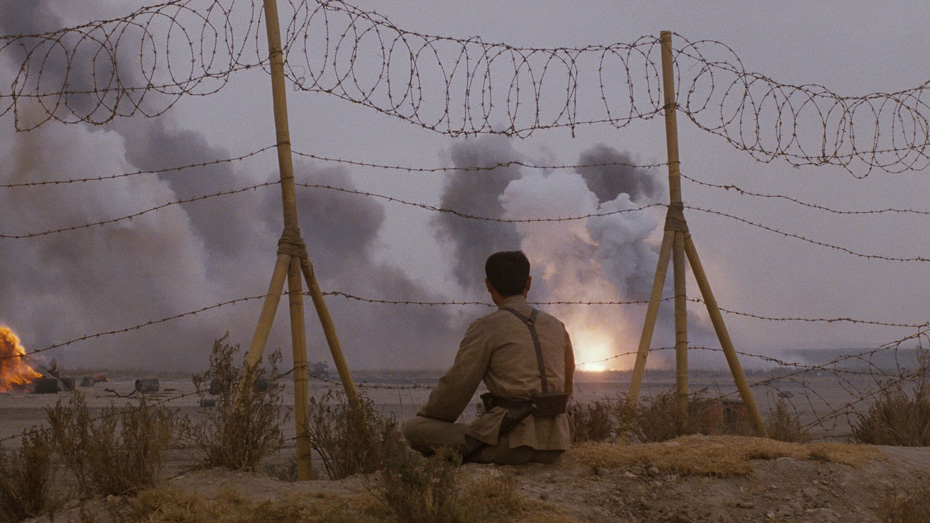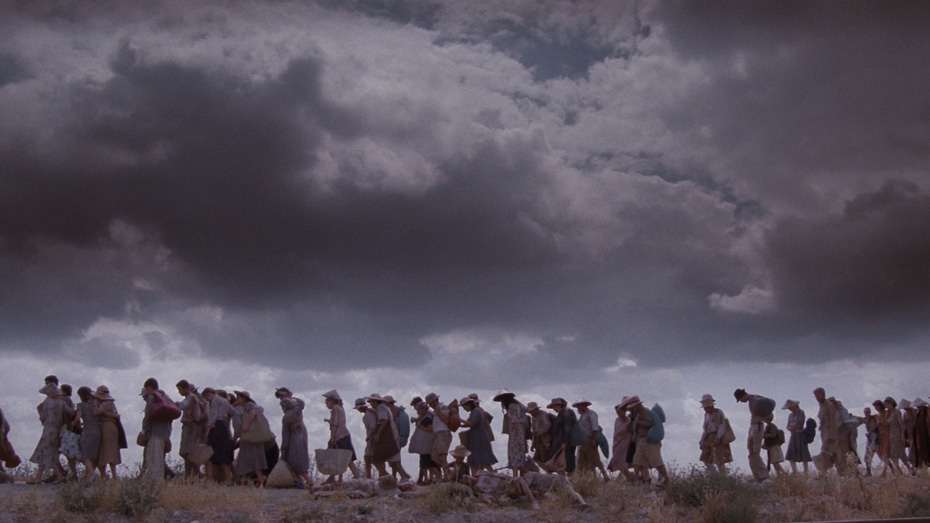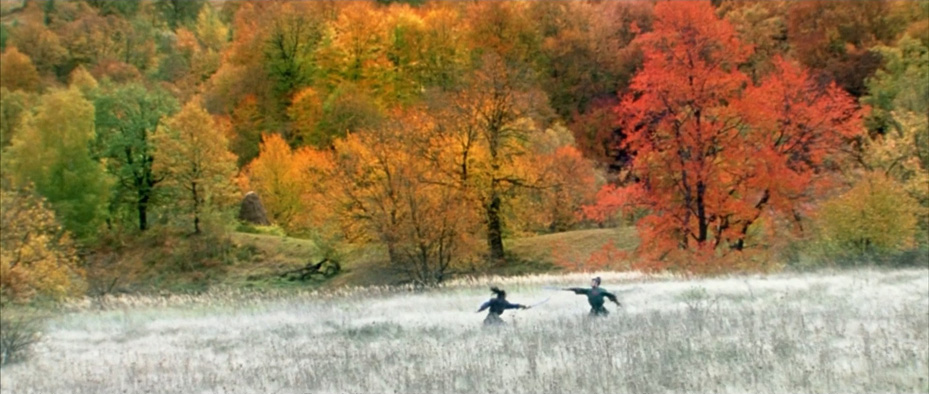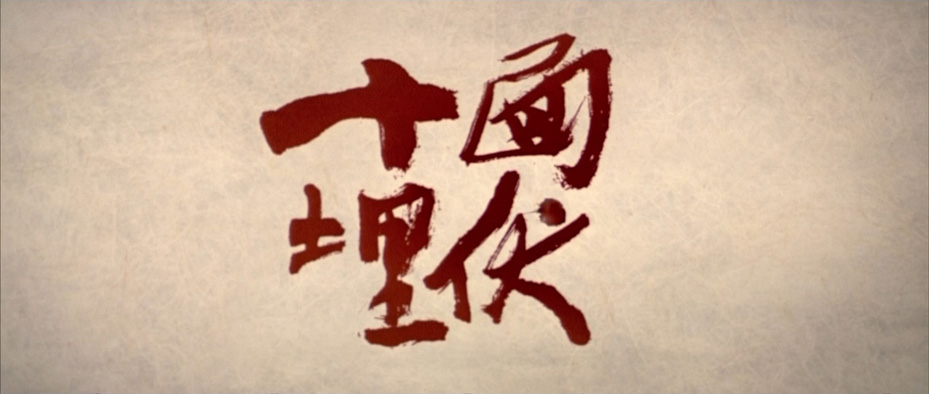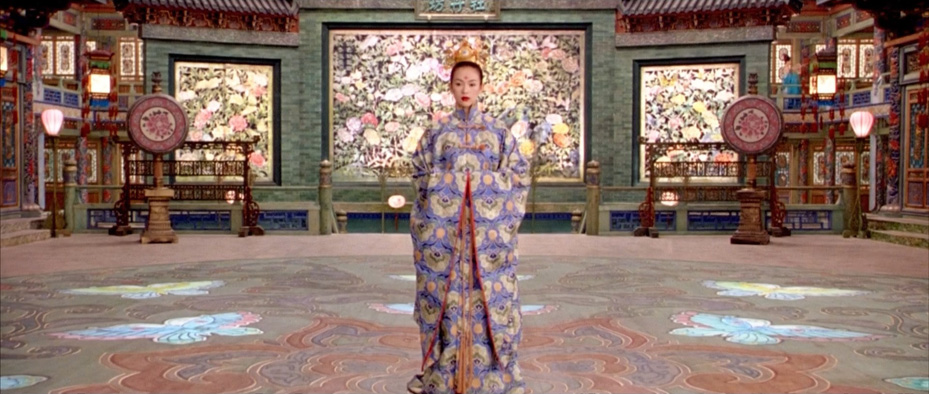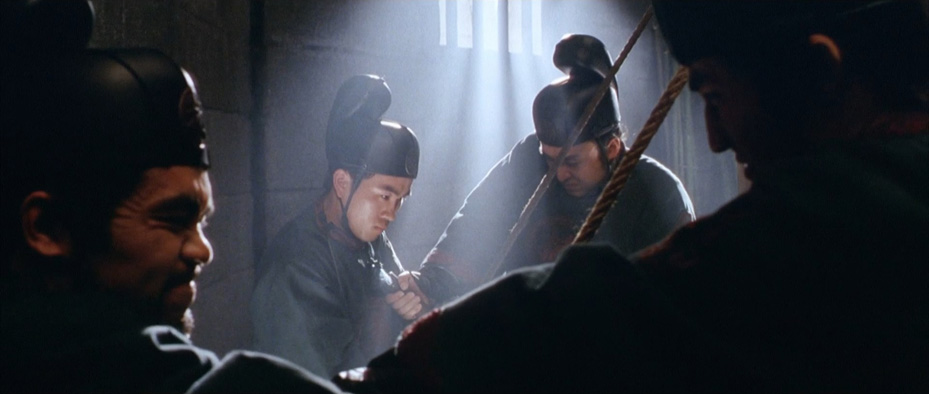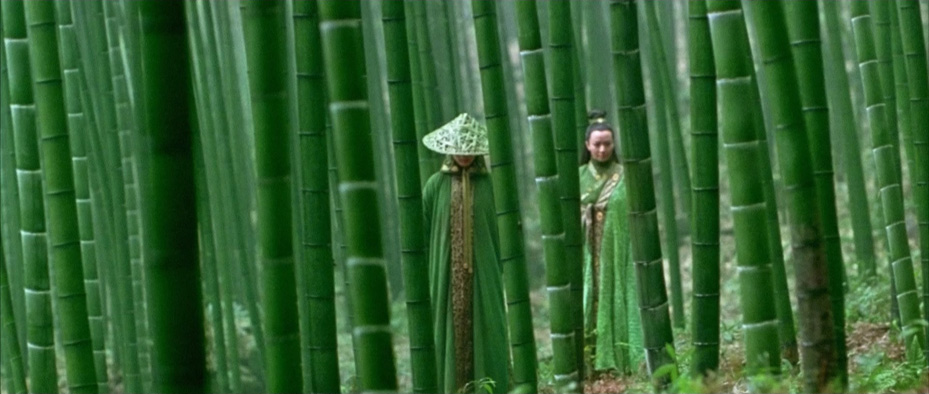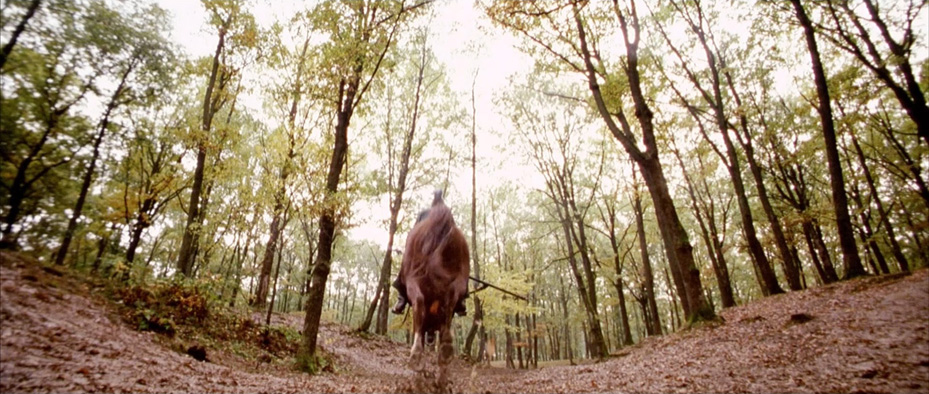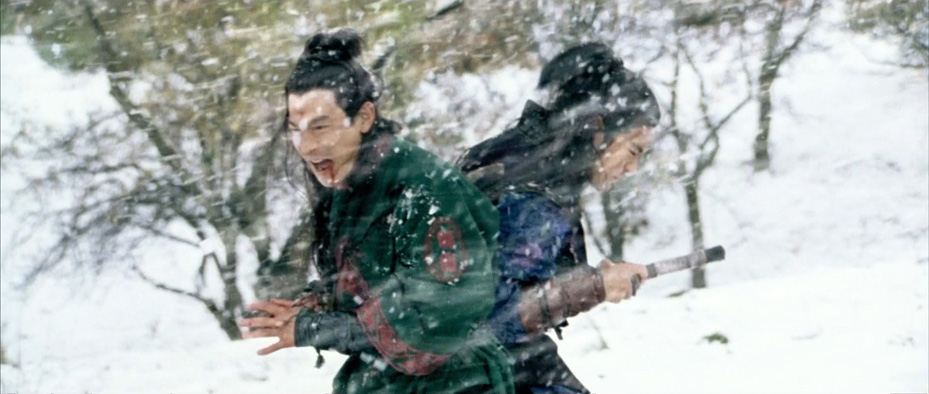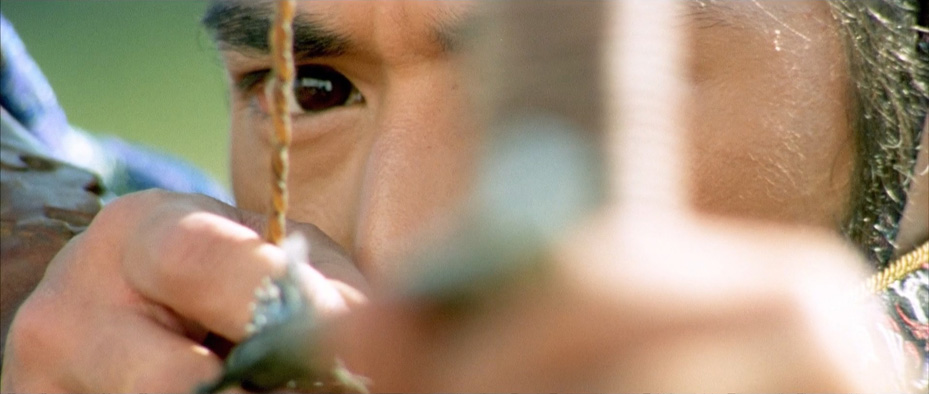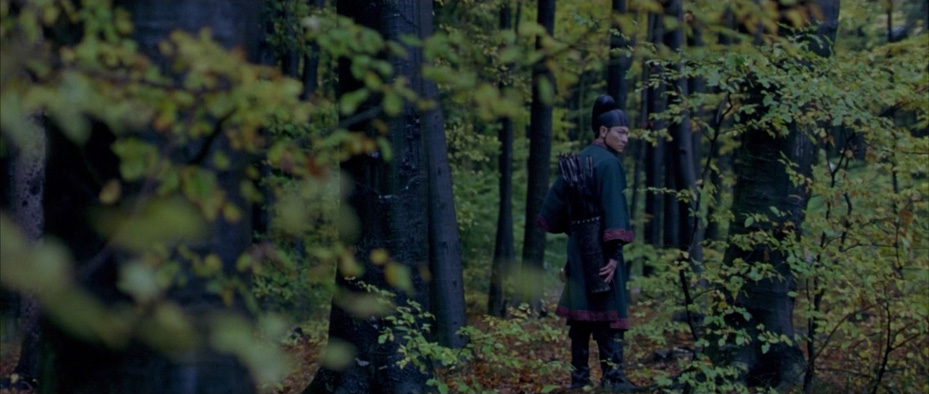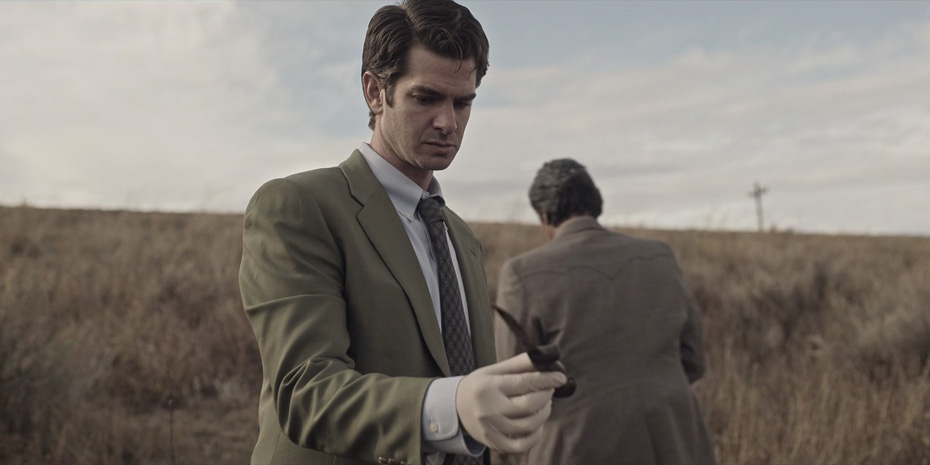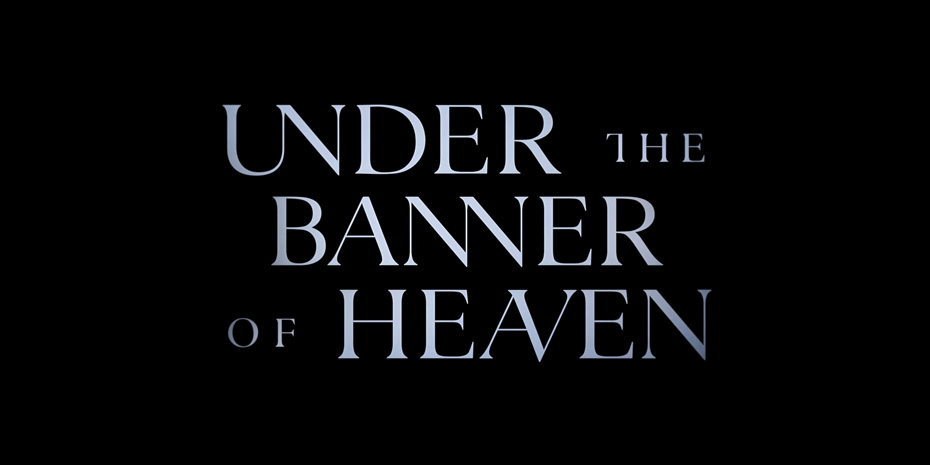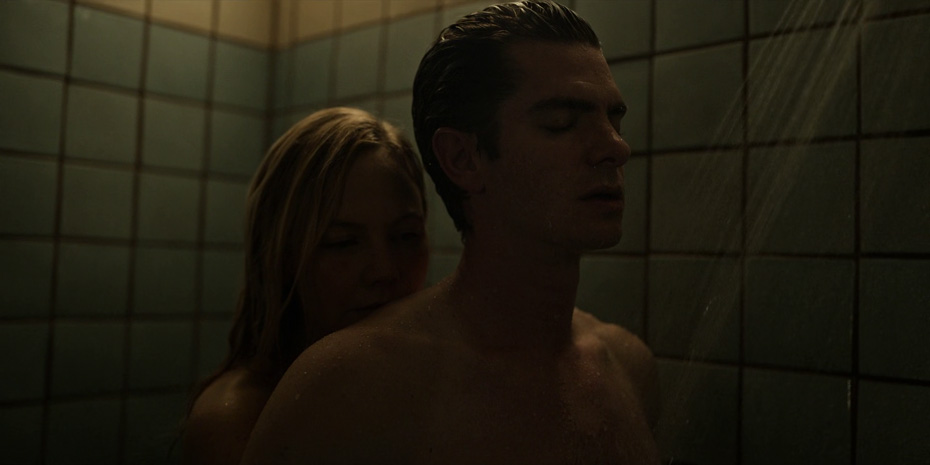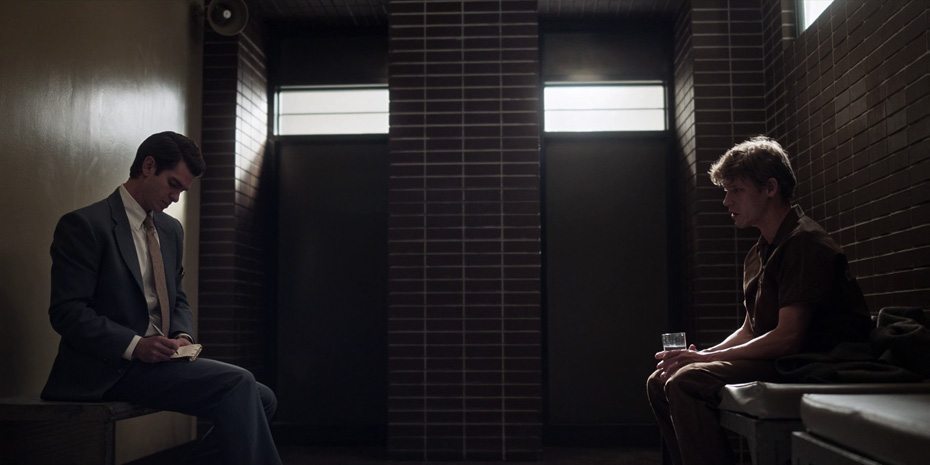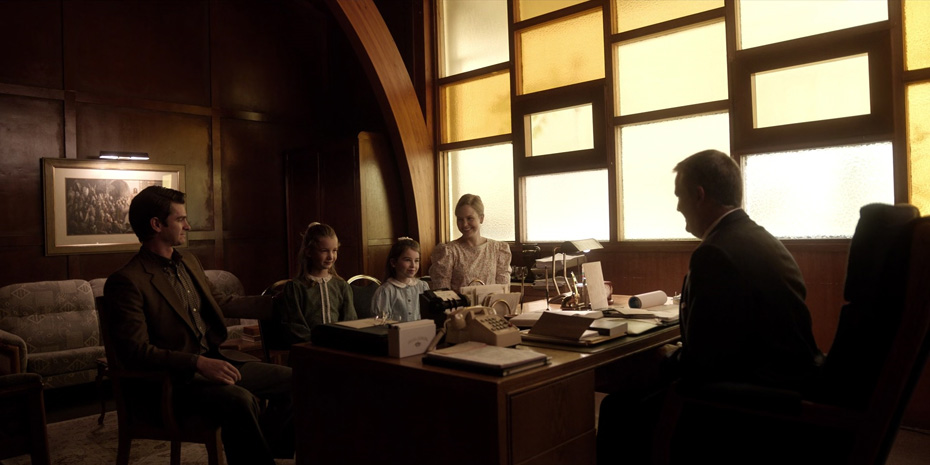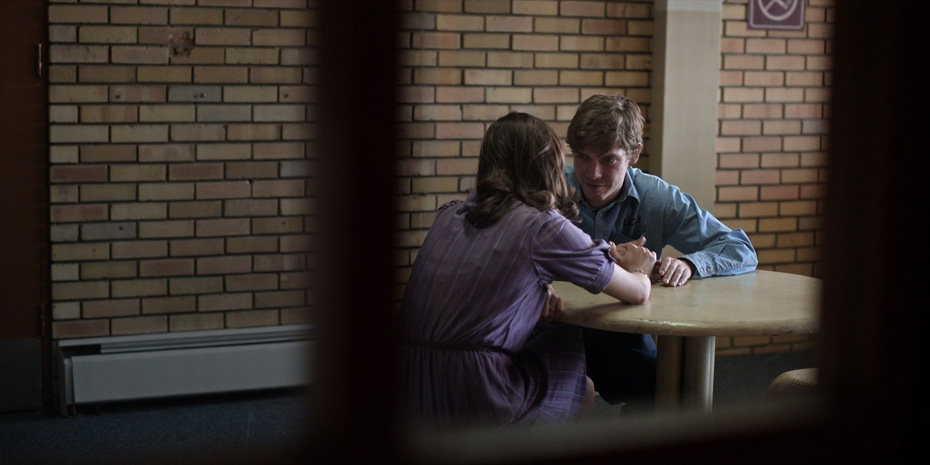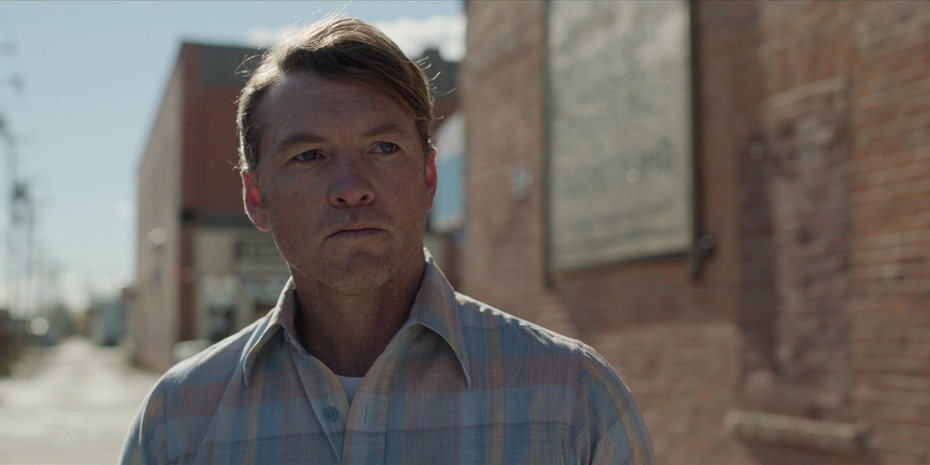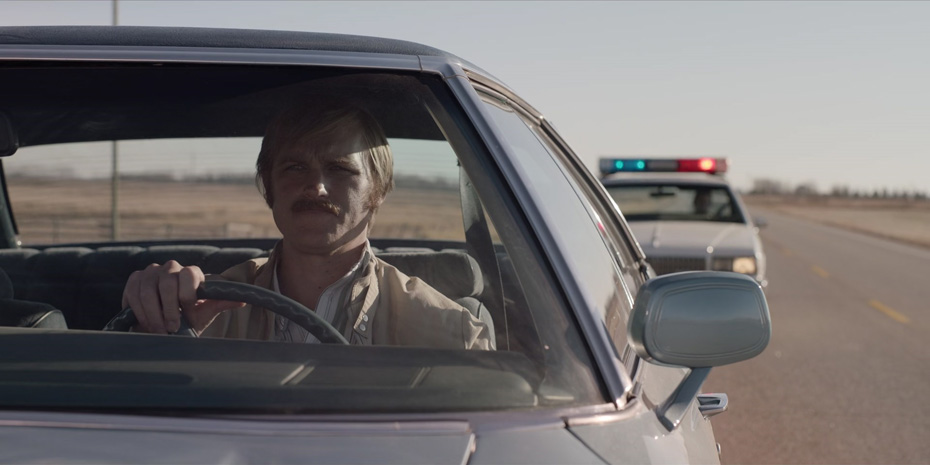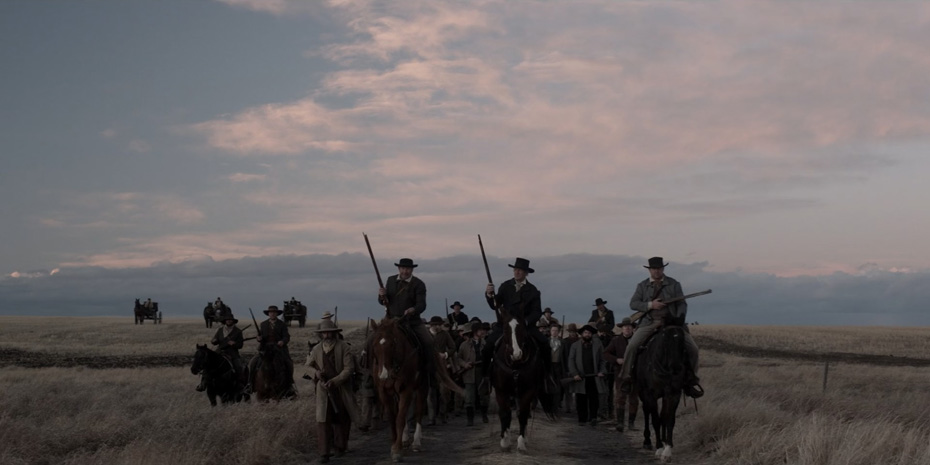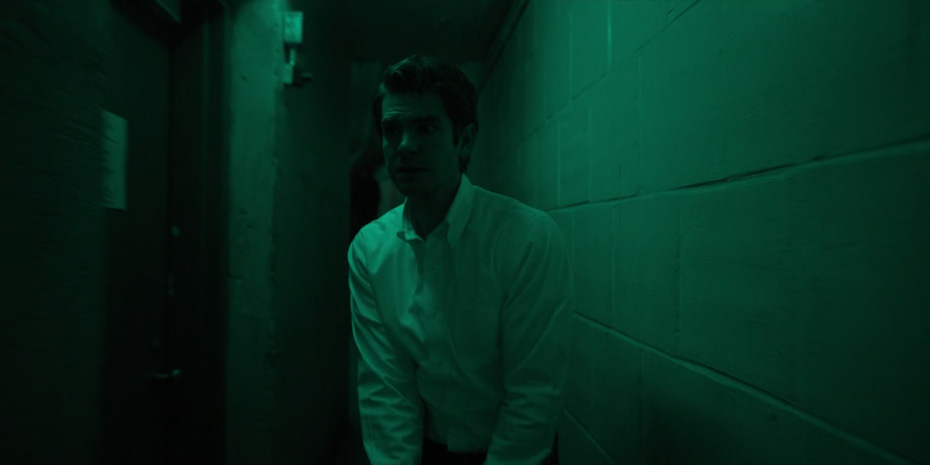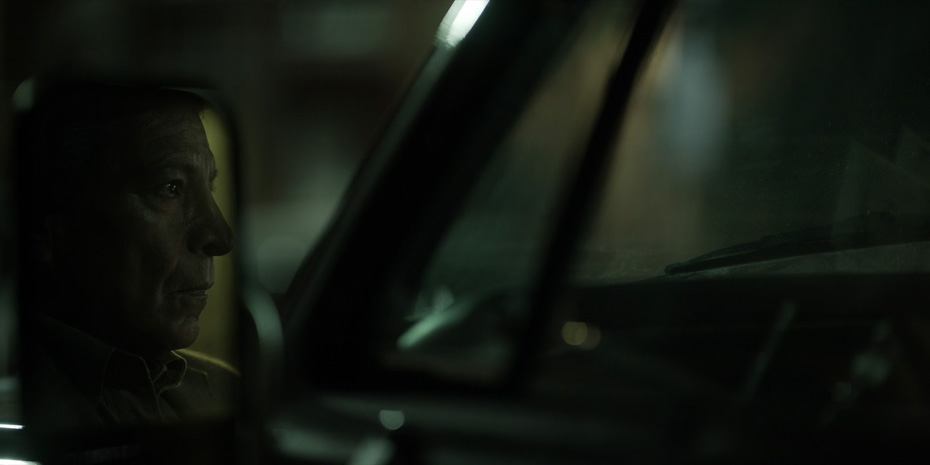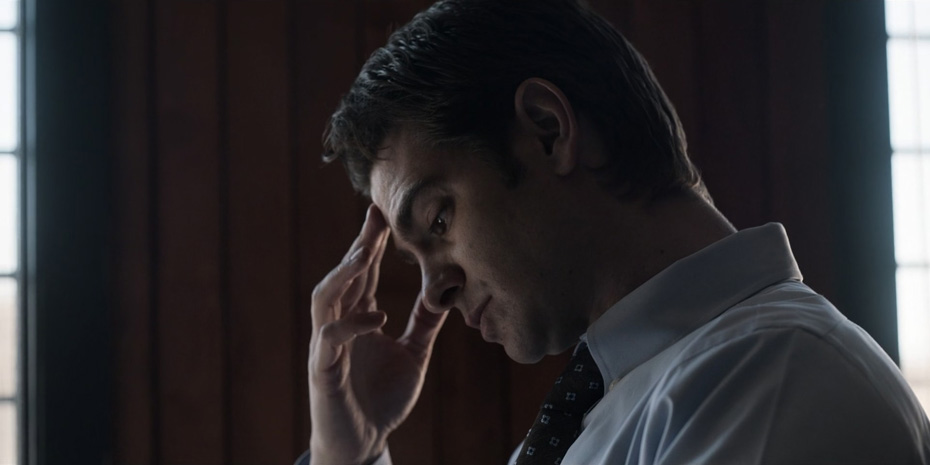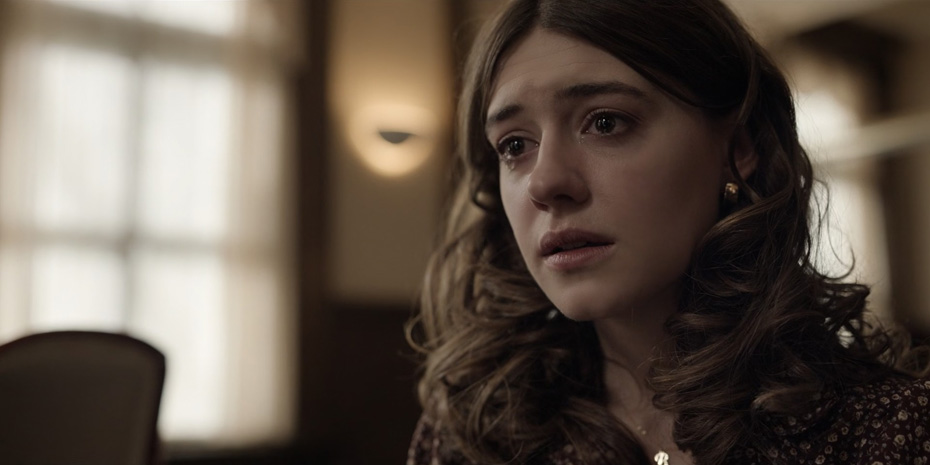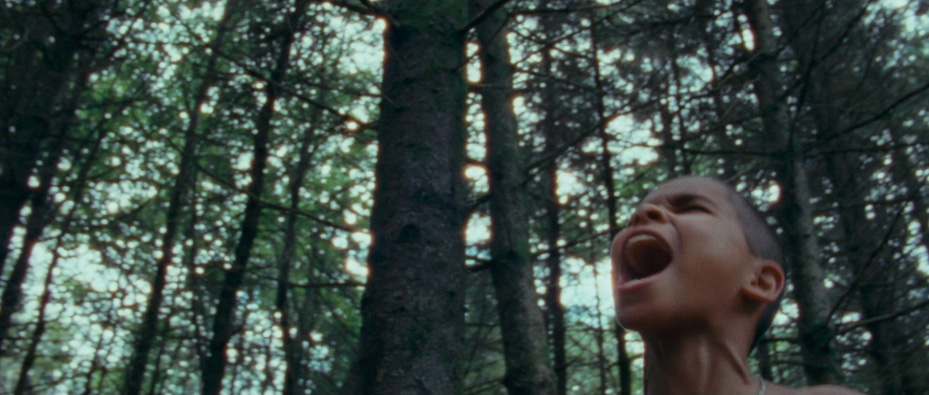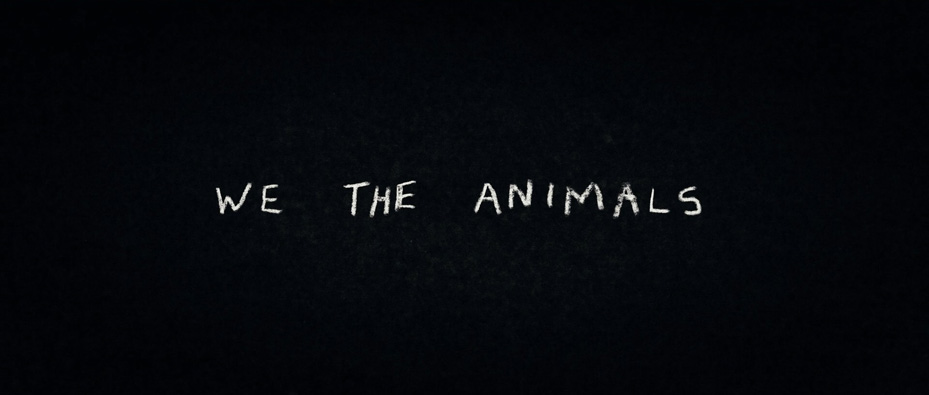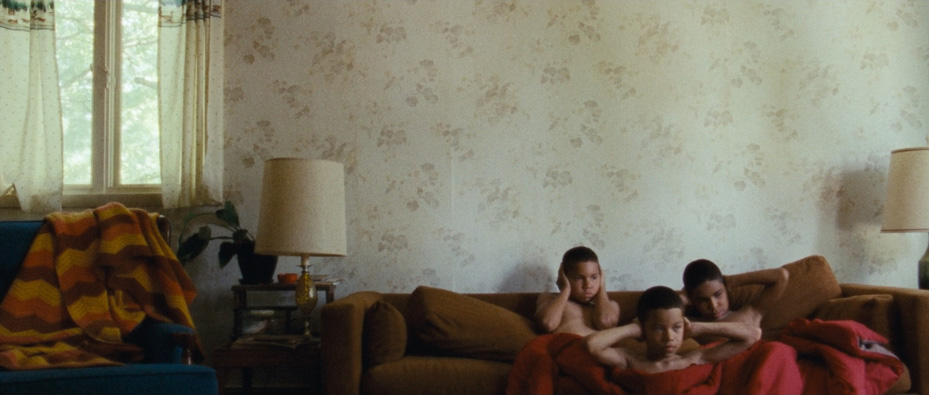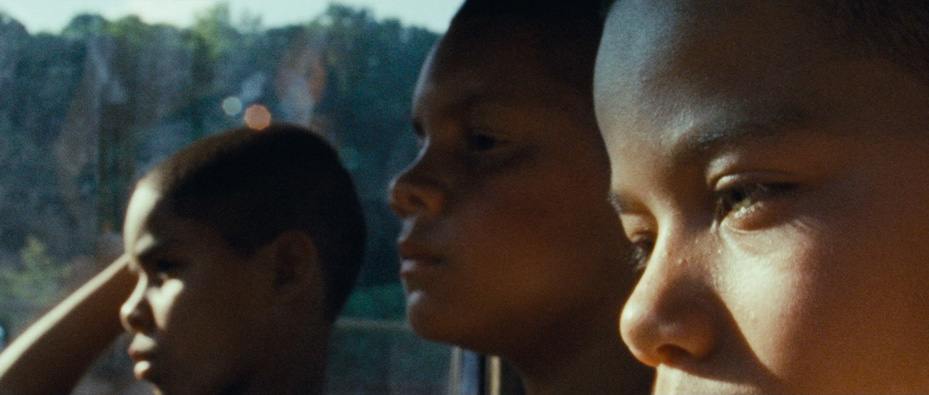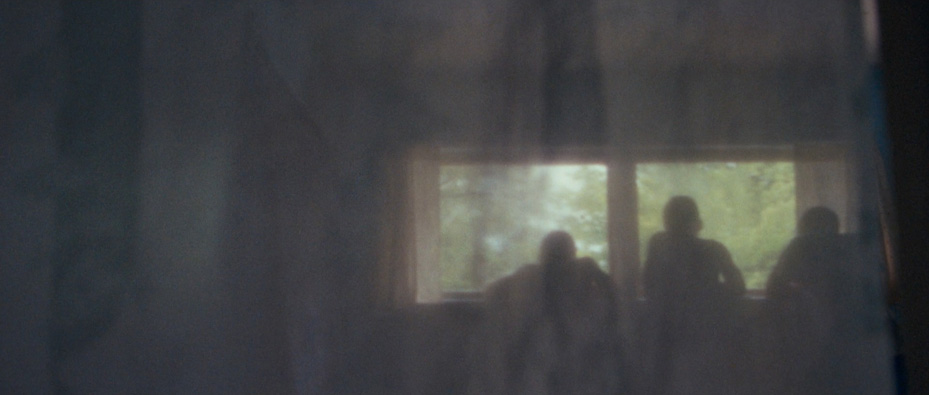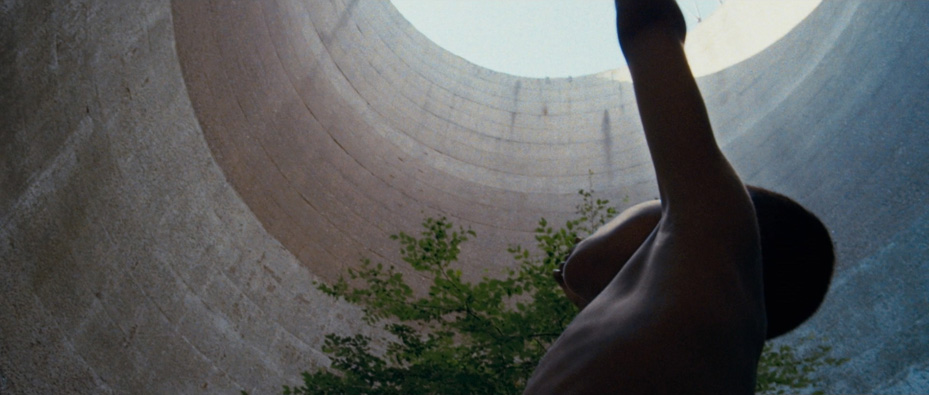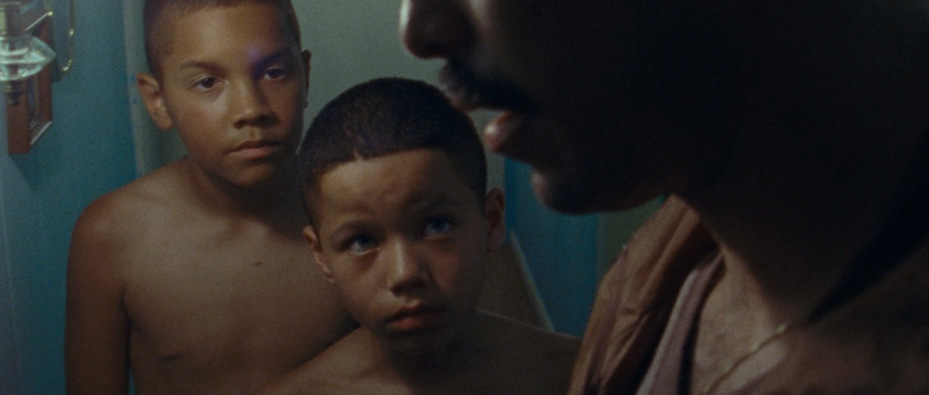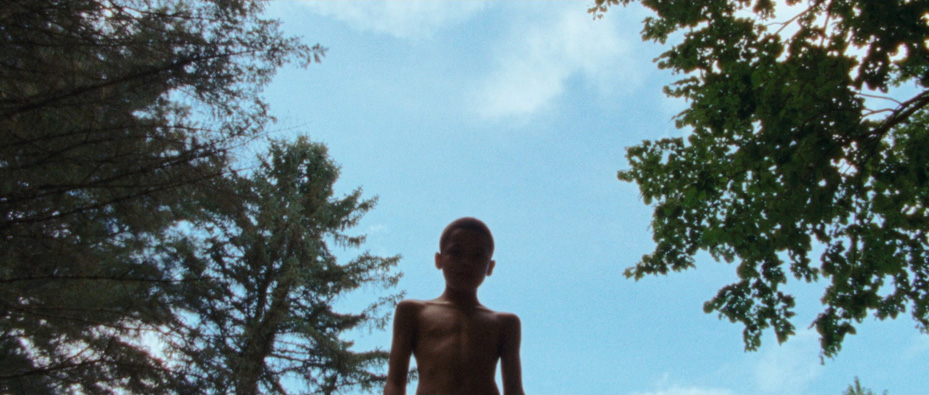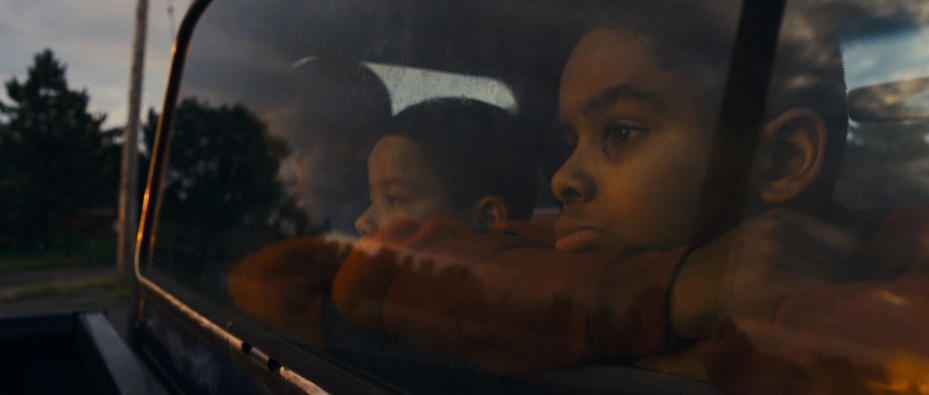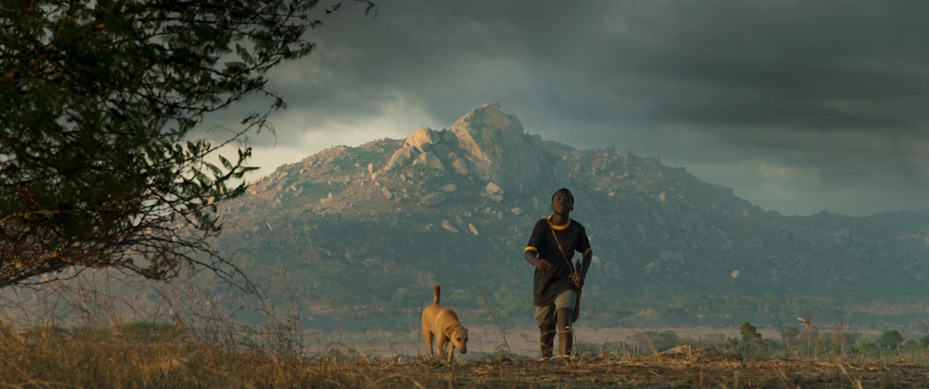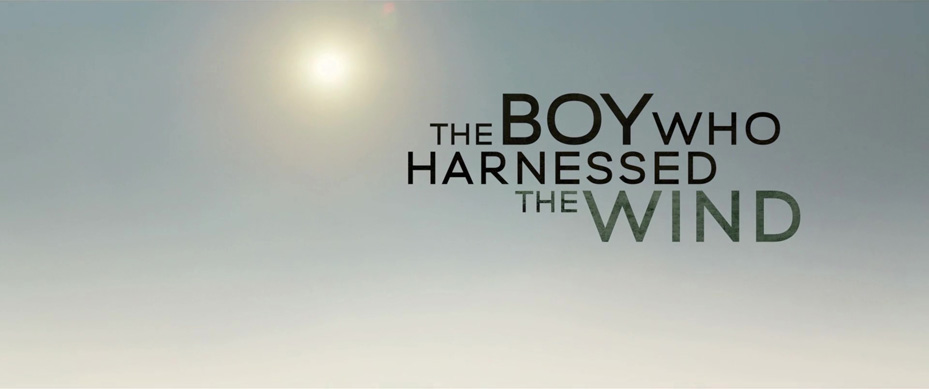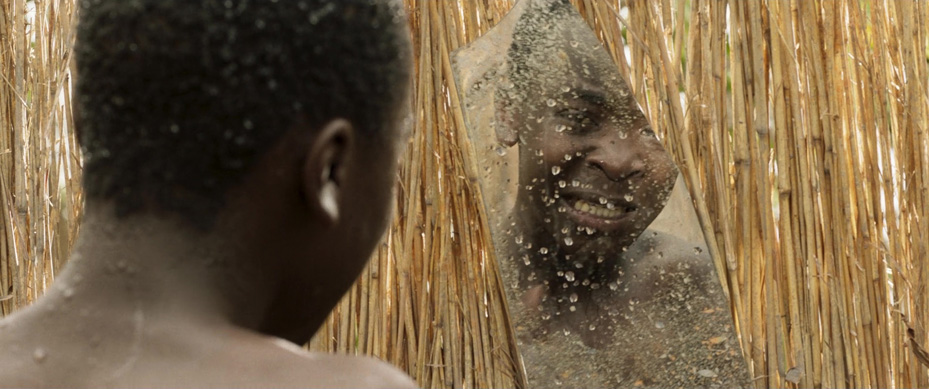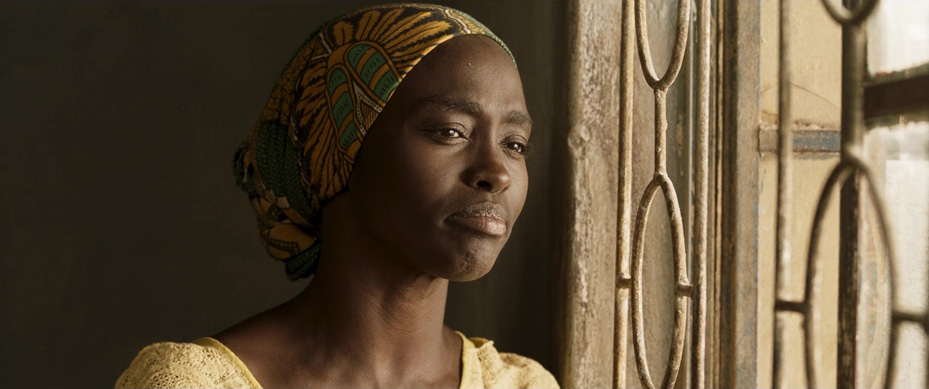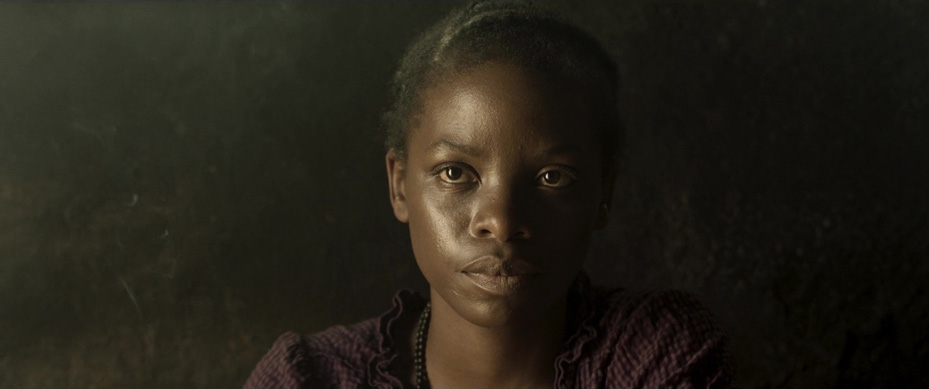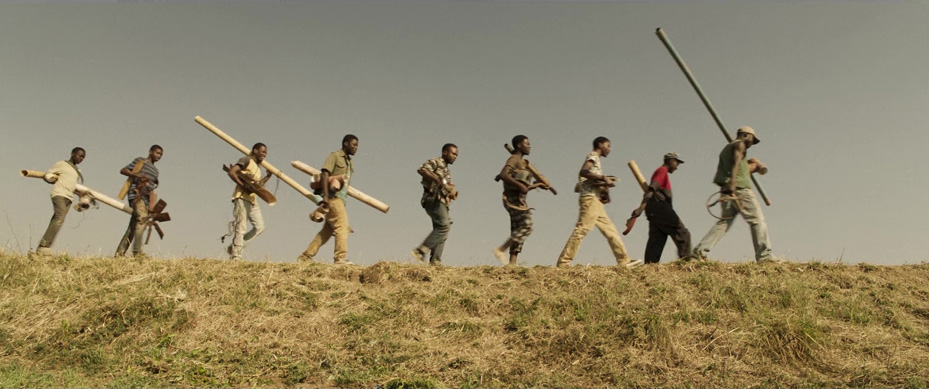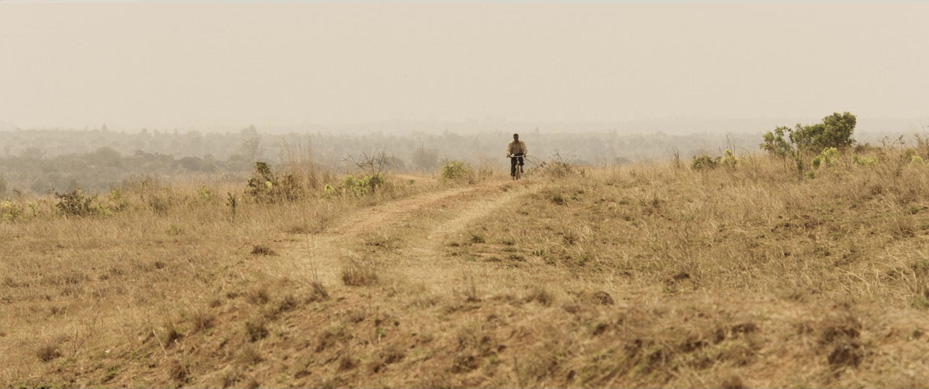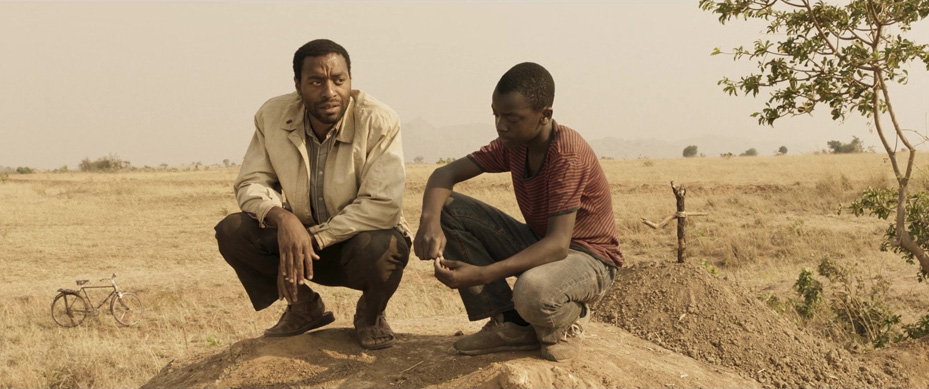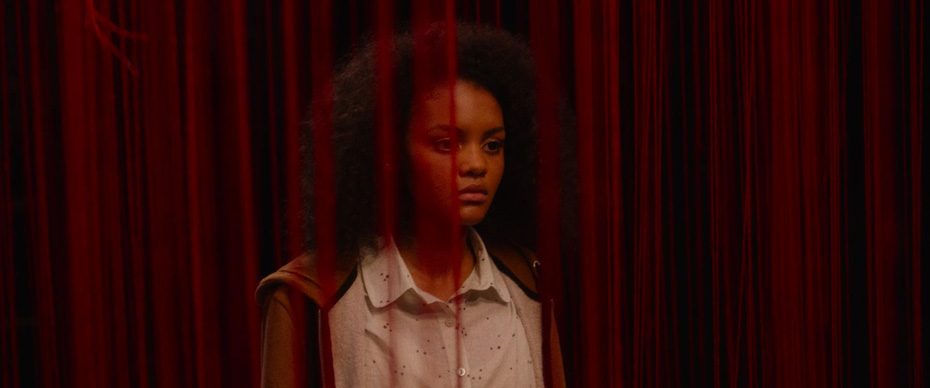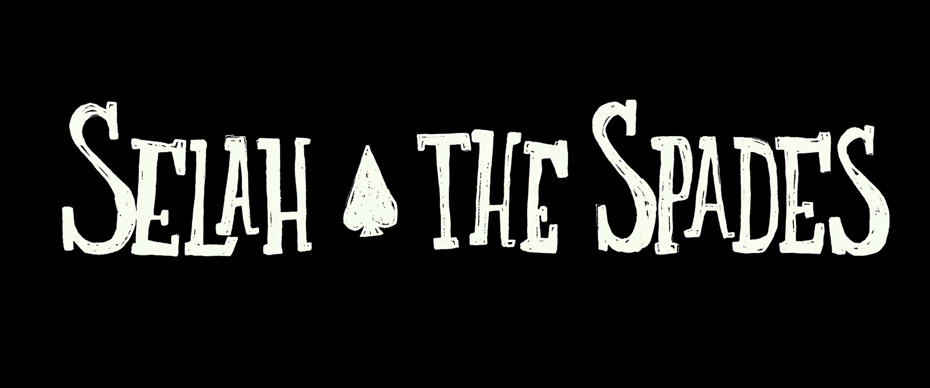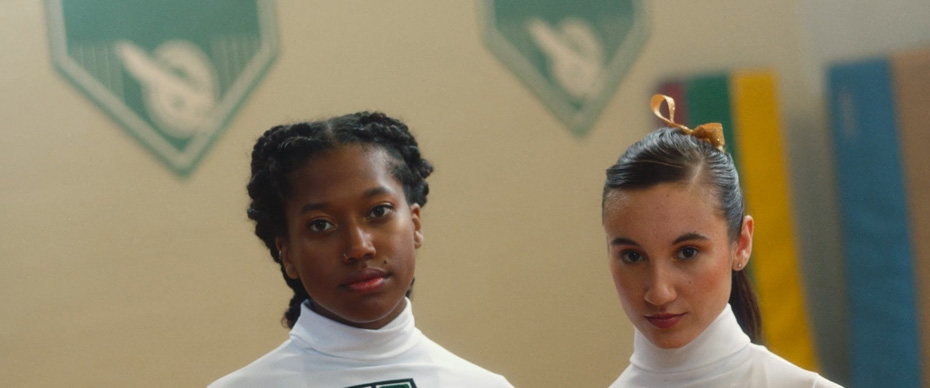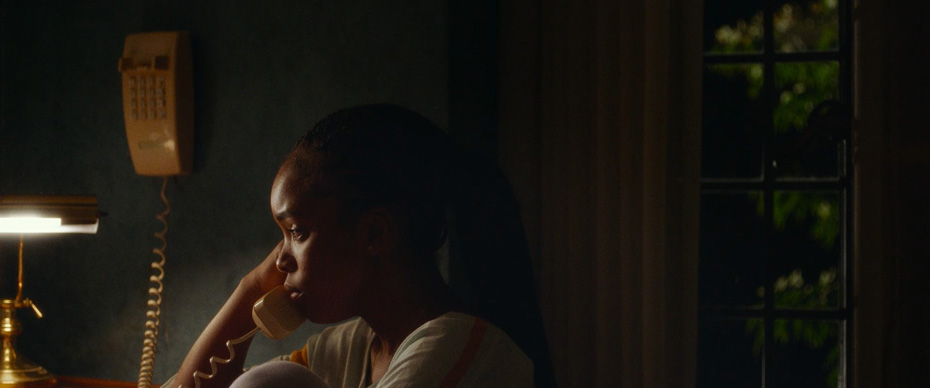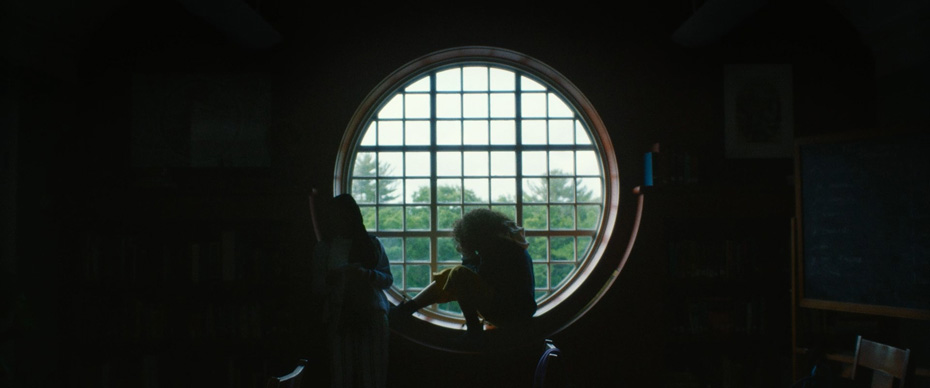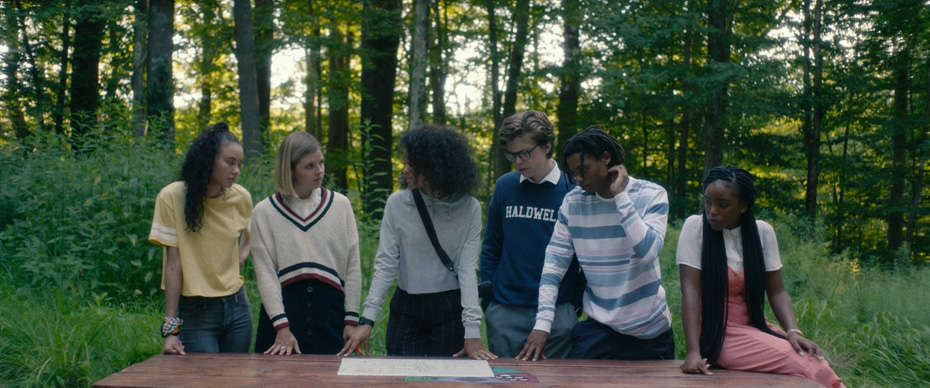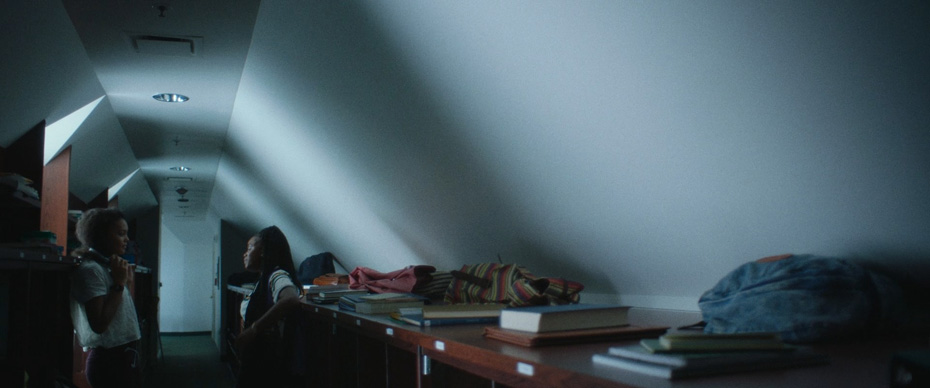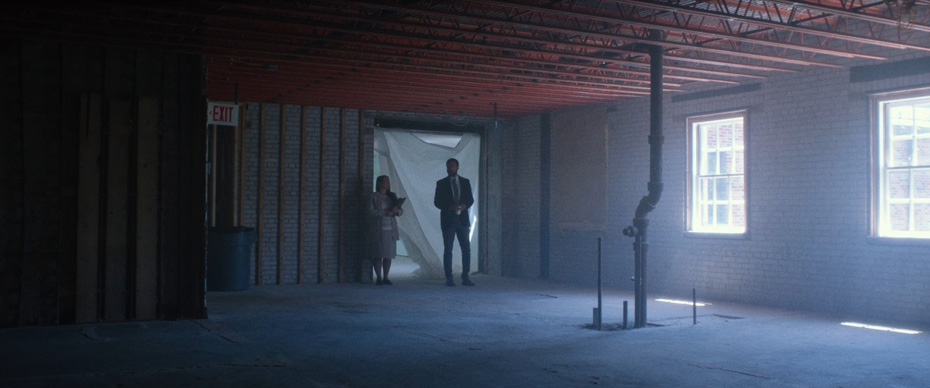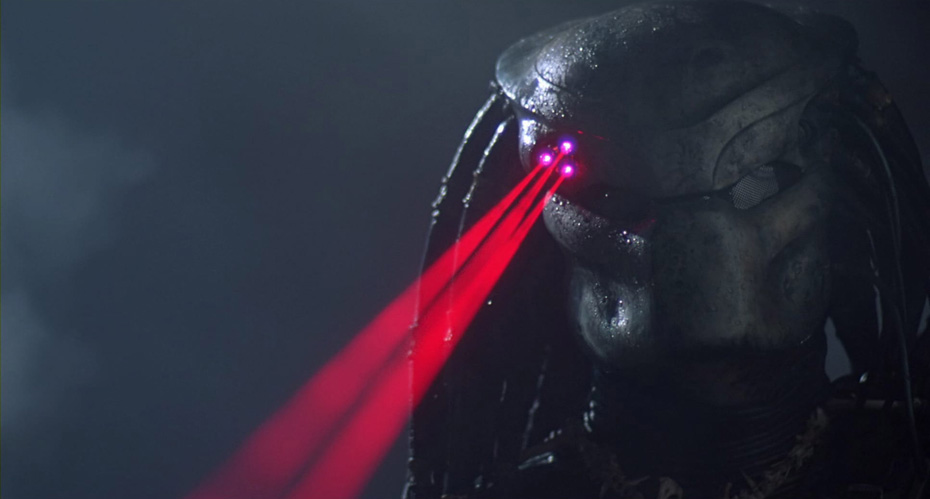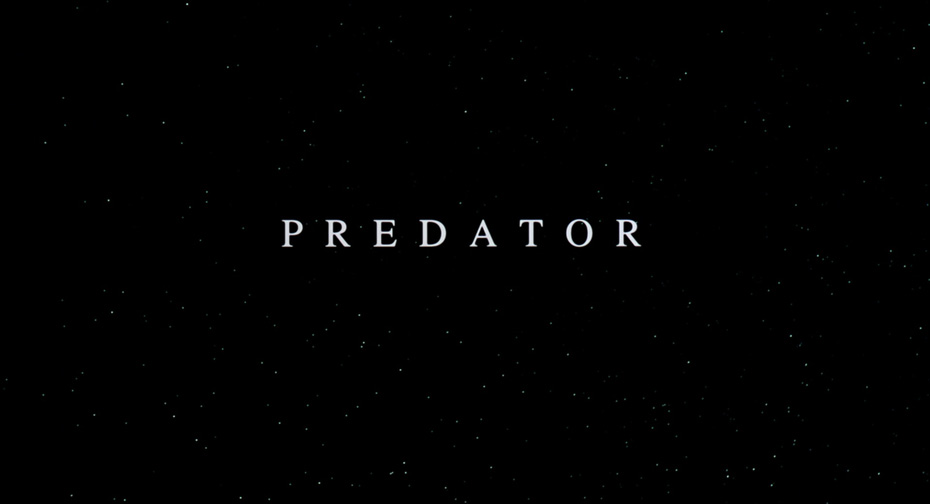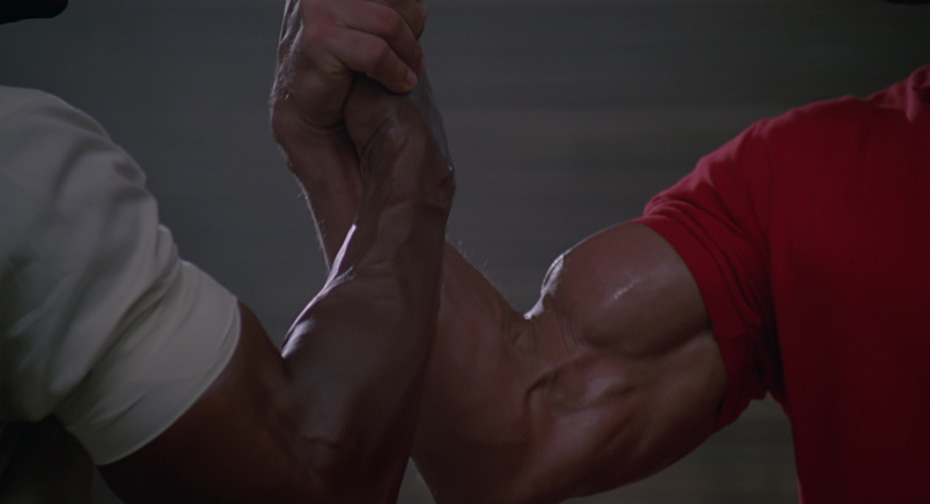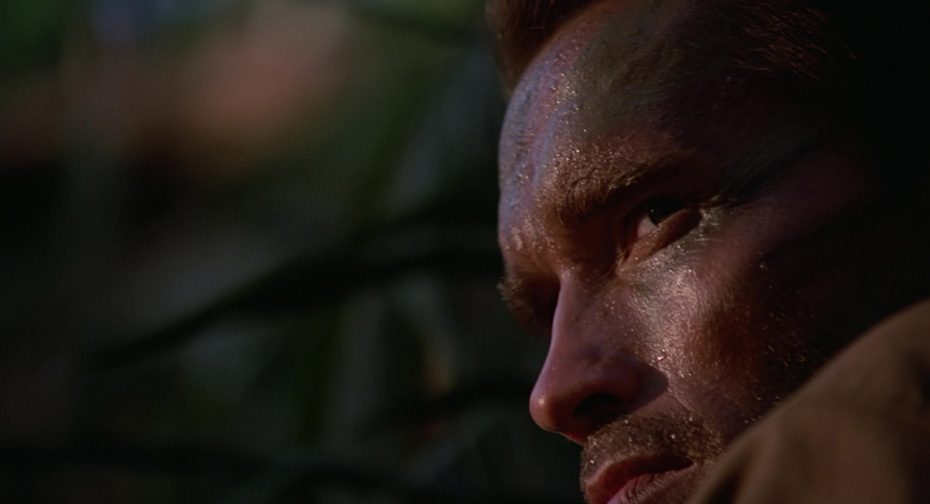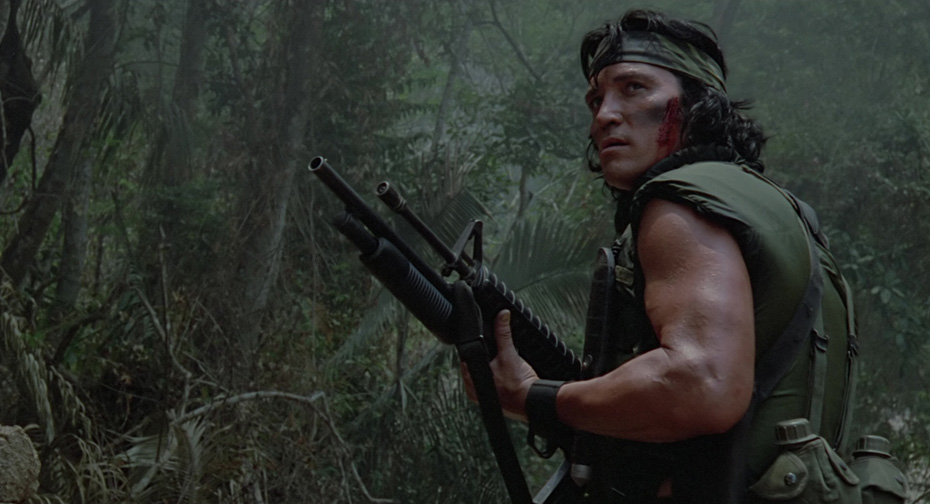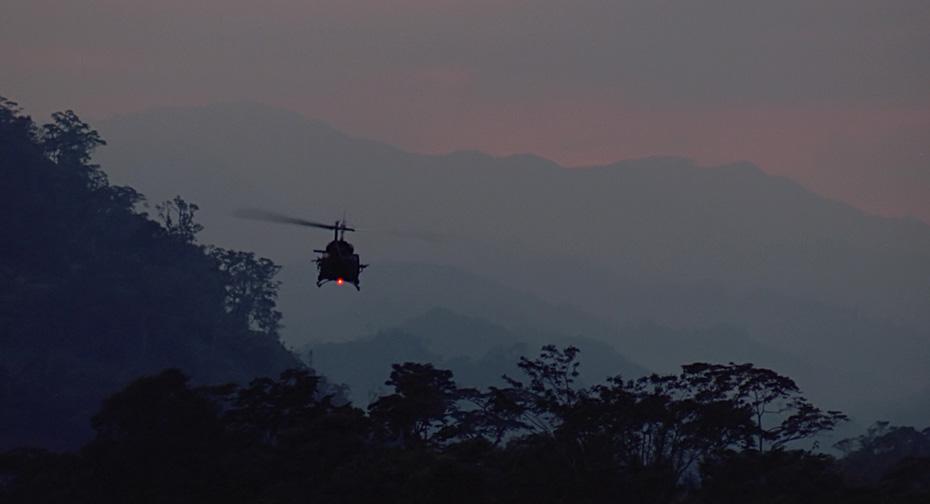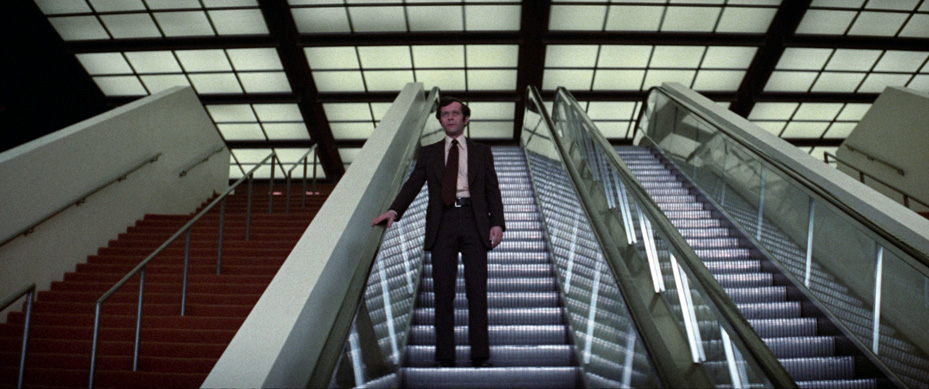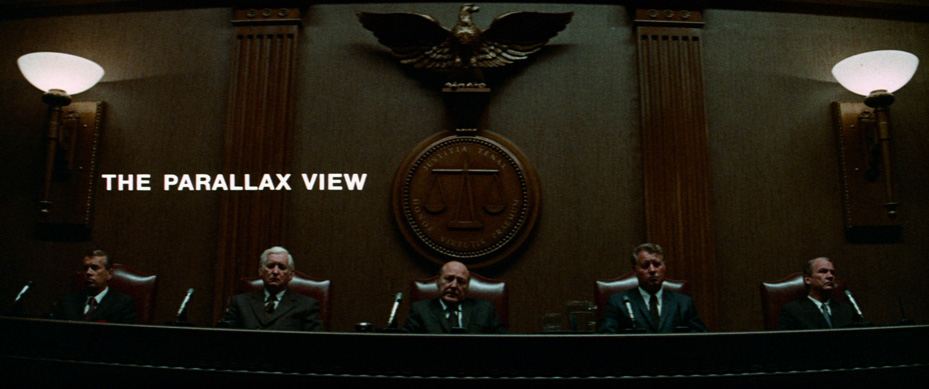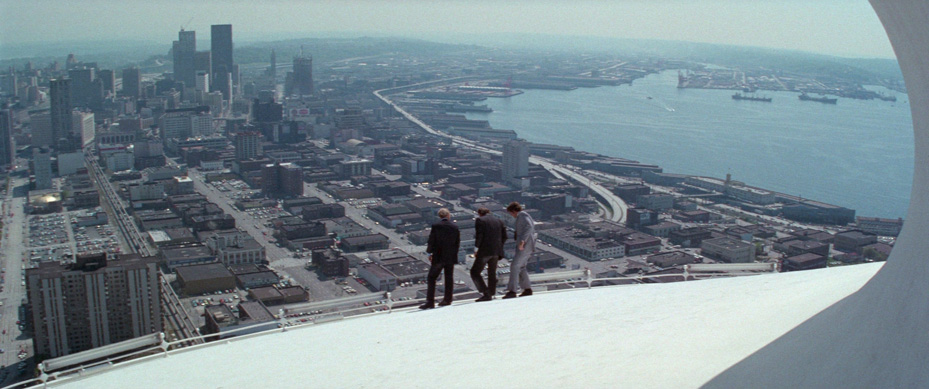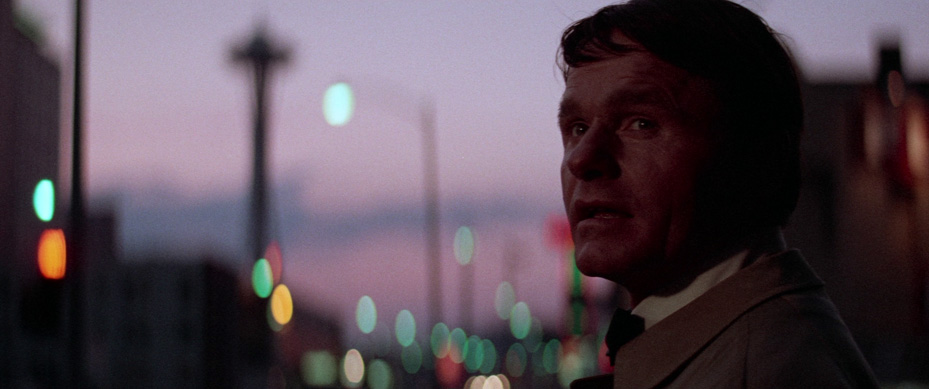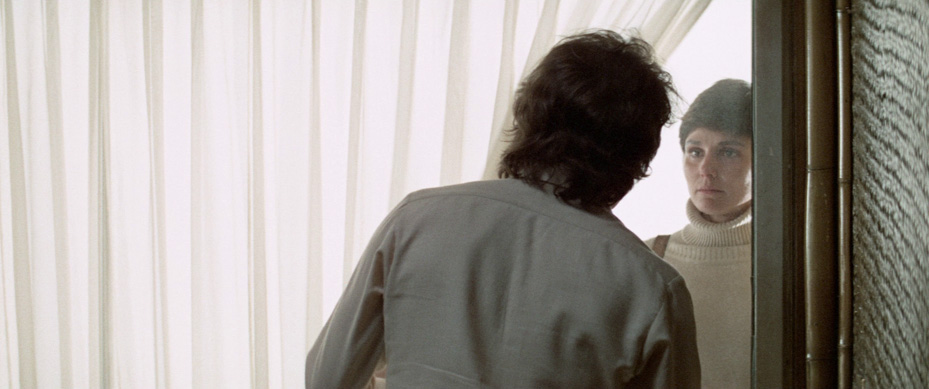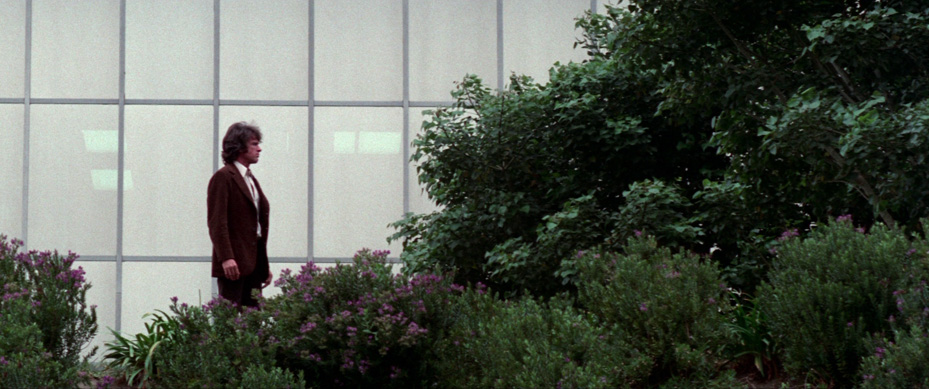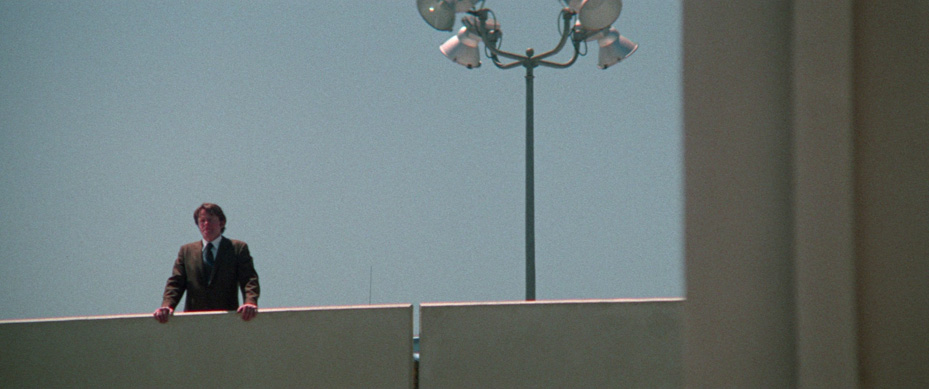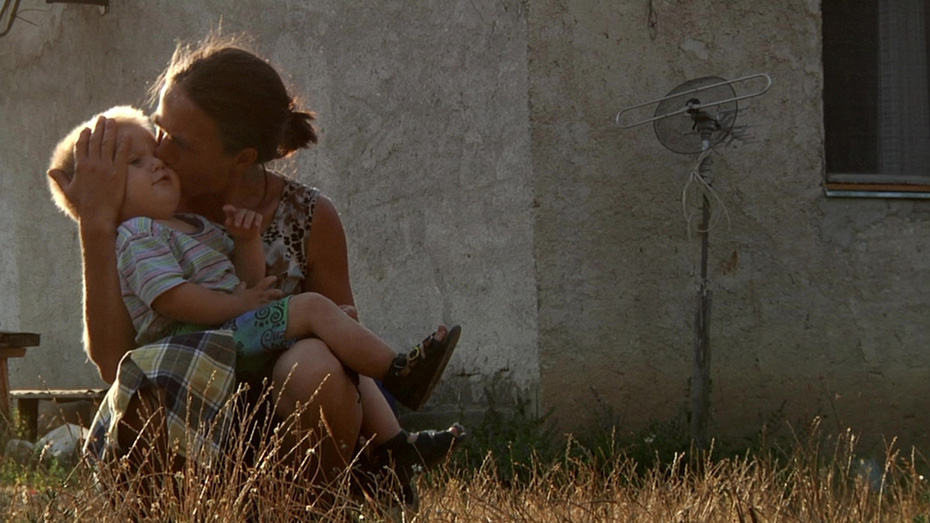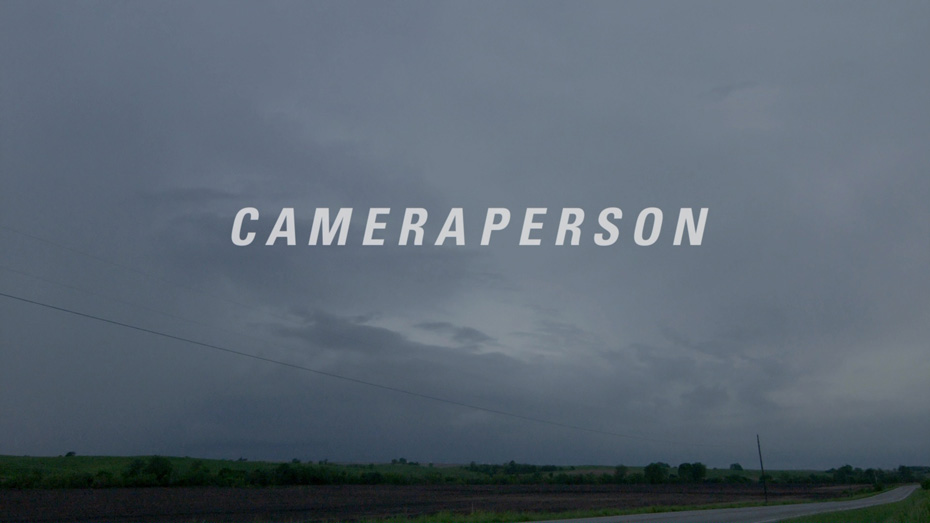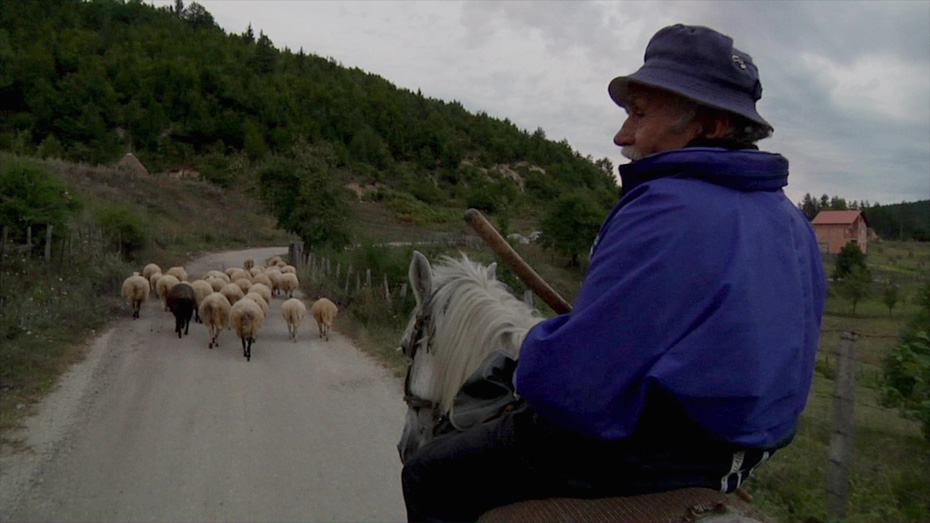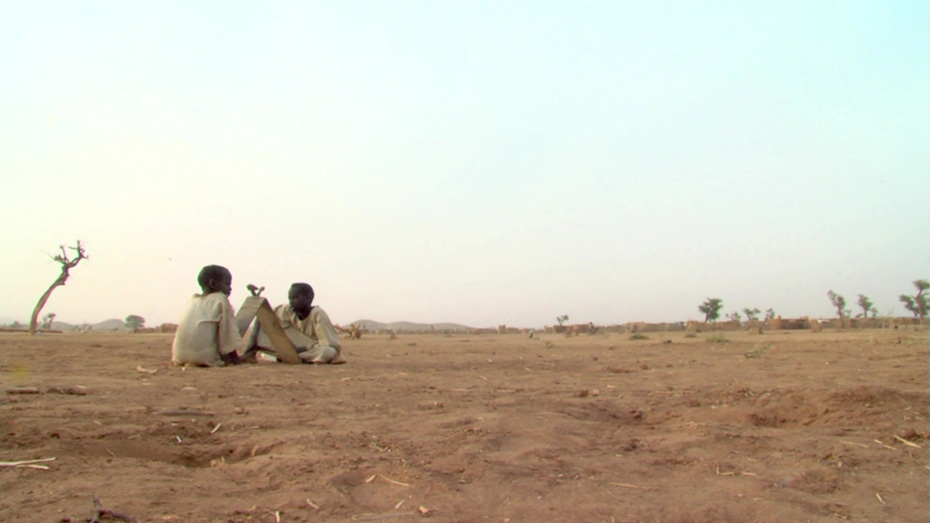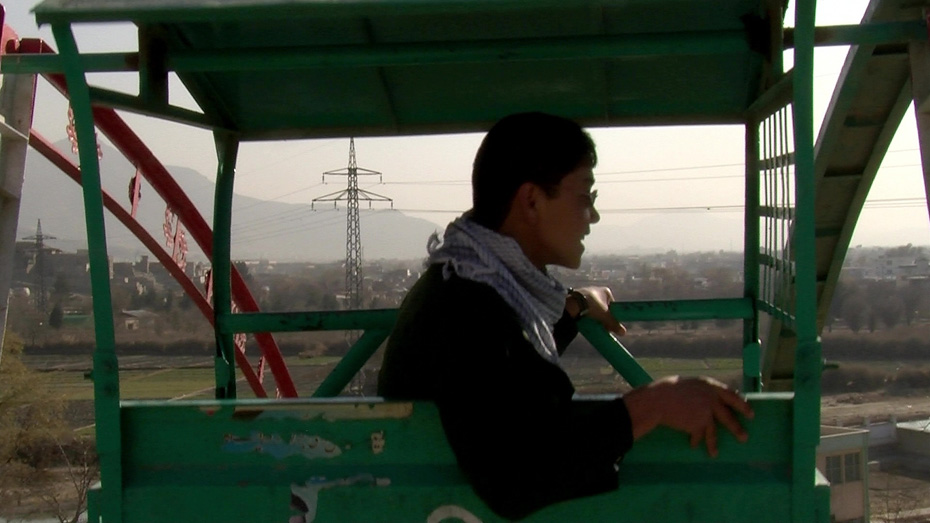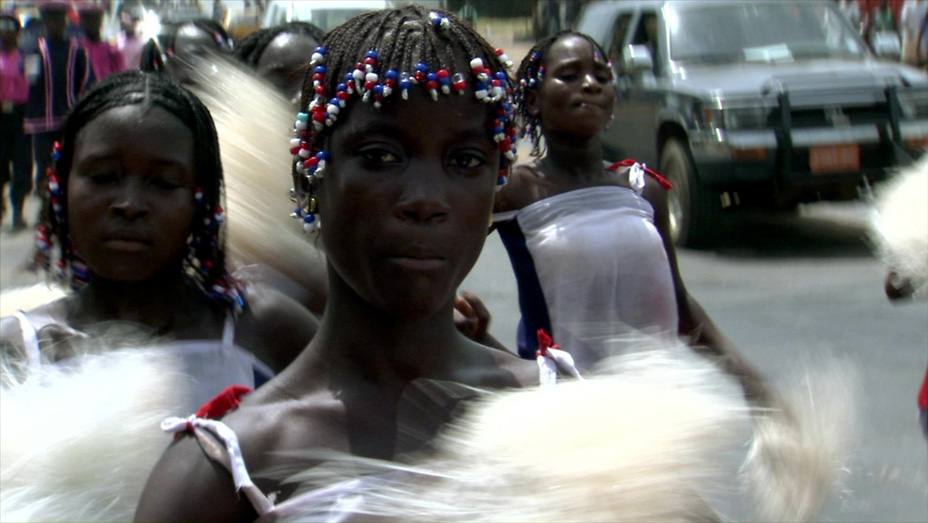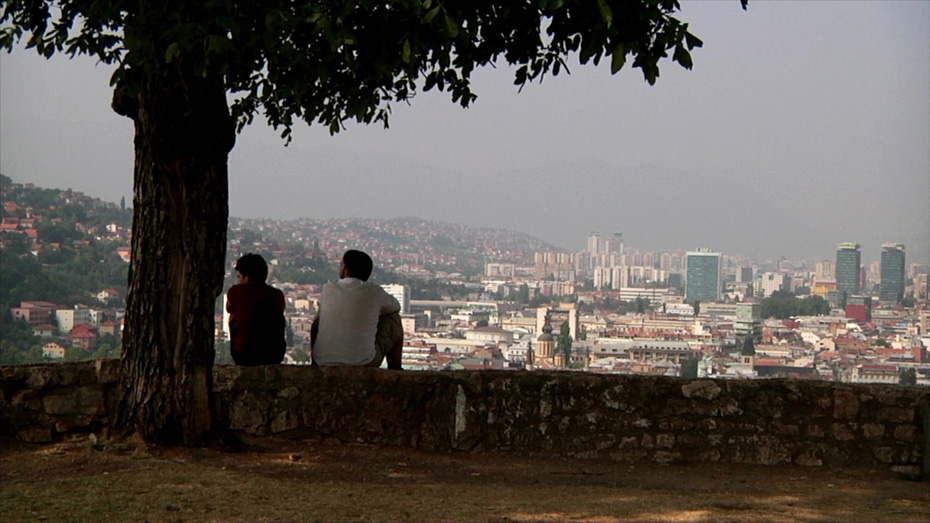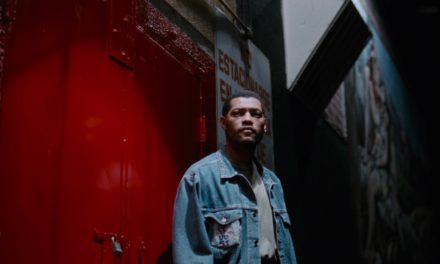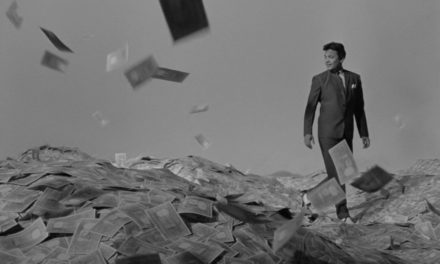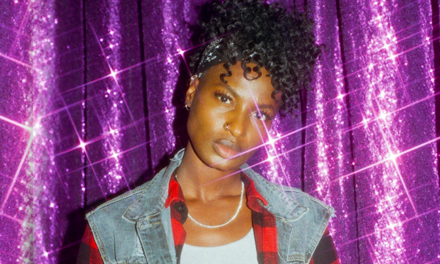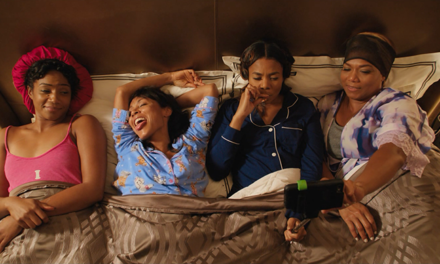THE TUESDAY DROP: 4,900+ New Shots
12.06.22 Get your Decks ready ShotDeck Team! We’re diving back in and adding shots to some of our most popular titles like The Conversation and O Brother, Where Art Thou? as well as releasing several new films and tv shows! Check them out below, and remember you can always request films for future drops by clicking here!
BLONDE (2022)
BLONDE is a 2022 American biographical film written and directed by Andrew Dominik, and is the second adaptation of the 2000 Joyce Carol Oates novel of the same name. The film is a fictionalized take on the life and career of Marilyn Monroe, played by Ana de Armas. The cast also features Adrien Brody, Bobby Cannavale, Xavier Samuel and Julianne Nicholson. Blonde premiered at the Venice International Film Festival. Dominik worked on the film with American costume designer Jennifer Johnson, who is known for her work on films such as 20th Century Women, I, Tonya and Kajillionaire.
Despite only having four weeks of preparation for Blonde, Johnson started with a deep dive of research that involved an 800 page bible that Dominik had created, as well as watching all of Monroe’s films and digging into archival footage and images of her, as a way of understanding the iconic dresses she and her team was going to have to re-create for the film. Johnson also closely studied the designs of costumers such as William Travilla, in order to understand the complexities of the dresses she would have to create for de Armas. Johnson and Dominik established two clear principles upon which the costumes of the film would be designed. The first was to separate the costuming of Marilyn Munroe from Norma Jeane – who had a decidedly more minimal and pared-back aesthetic. The second was to create costumes that would work for both the color and black-and-white sequences of the film, given that some colors tend to read as quite flat and muddy in black-and-white, even if they are vibrant in color. Johnson and her team were careful to dress de Armas in colors that would suit both mediums of the film, often tending towards creams and light yellows instead of whites for dresses that would have to read in both color and black-and-white in the final film.
BODIES BODIES BODIES (2022)
BODIES BODIES BODIES is a 2022 comedy slasher film directed by Halina Reijn (in her English language feature debut) and written by Sarah DeLappe from a story by Kristen Roupenian. The film follows a group of 20-somethings who get stuck at a remote mansion during a hurricane, and start playing a party game that takes a turn when a dead body shows up, forcing them to confront one another and find the killer among them. The film stars Amandla Stenberg, Maria Bakalova, Myha’la Herrold, Chase Sui Wonders, Rachel Sennott, Lee Pace and Pete Davidson. Bodies Bodies Bodies premiered at the 2022 South by Southwest film festival. Reijn worked on the film with Dutch cinematographer Jasper Wolf, whose work to date included Instinct (Reijn’s first feature film), Atlantic and Monos.
Wolf and Reijn prepared for the film by choreographing the shoot on location using stand-ins, developing a fluid shot list that would serve as a foundation for Reijn to have an improvisatory way of working with the actors, as well as allowing Wolf to operate the hand held camera intuitively, placing the audience in the context of being like another friend in the room with the characters. This style also lent itself to long takes with a roaming camera, meaning that Wolf had to create a lighting design that would accommodate this. Wolf abandoned initial ideas to shoot on film to instead use the Alexa Mini LF, embracing its ability to see into the darkness given the minimal lights that would be used in each scene. Wolf and Reijn ensured that the core themes of the film would be reflected in the lighting design, with phones and headlamps often lighting entire scenes, and with Wolf extending the influence of sources such as exit signs to bathe scenes in red and reflect the emotional state of the film, as it devolves from a luxurious, well-lit space into chaos, where scenes were lit in a broken manner, sometimes with no lights at all.
THE CONVERSATION (1974)
THE CONVERSATION is a 1974 American thriller written, produced and directed by Francis Ford Coppola, starring Gene Hackman, John Cazale, Allen Garfield, Cindy Williams, Frederic Forrest, Harrison Ford, Teri Garr and Robert Duvall. The film follows a surveillance expert (Hackman) who faces a moral dilemma when recordings he takes while following a couple reveal a possible murder. The Conversation premiered at the 1974 Cannes Film Festival, where it was awarded the Palme d’Or, before receiving Academy Award nominations in the Best Picture, Best Original Screenplay and Best Sound categories. In 1995, the film was selected for preservation in the US National Film Registry by the Library of Congress, and today, it is considered one of the landmark films of the 1970s and of Coppola’s career. Coppola worked on the film with American editor Walter Murch. Murch is known for his work on films such as Apocalypse Now and The Godfather trilogy.
The Conversation represented a major step forward particularly in the world of sound editing, for which Murch was also responsible. The film is a carefully constructed series of sound environments that shift as the story moves across its San Francisco locations. Murch used The Conversation as an opportunity to develop the technique of digital distortion, using glitches and voice distortion in the Union Square scene as the couple moves out of range of the hidden microphones. Murch achieved this glitch by feeding the actors’ dialogue into an analog ARP synthesizer, using a square wave to cut the voices into small chunks of sound which he then manipulated in speed and depth.
O BROTHER, WHERE ART THOU? (2000)
O BROTHER, WHERE ART THOU? is a 2000 comedy drama written, produced, edited and directed by Joel and Ethan Coen. The film is an adaptation of Homer’s Odyssey, and is set in rural Mississippi during the 1930s. The film follows three escaped convicts (George Clooney, John Turturro and Tim Blake Nelson) who search for hidden treasure as a police officer (Daniel von Bargen) pursues them relentlessly. The title of the film is a reference to Sullivan’s Travels, a film directed by Preston Sturges in 1941 that follows a director who wants to film an adaptation of a fictitious book about the Great Depression called O Brother, Where Art Thou?. The film premiered at the 2000 AFI Film Festival and grossed over $71 million from its $26 million budget, earning Academy Award nominations in the Best Adapted Screenplay and Best Cinematography categories. The Coen brothers worked on O Brother, Where Art Thou? with British cinematographer Roger Deakins, a longtime collaborator with whom they have also shot eleven other films, including Barton Fink, Fargo, No Country for Old Men and Hail, Caesar!
The Coen brothers and Deakins initially wanted to shoot O Brother, Where Art Thou? in black and white, but were prevented from doing so by the financiers of the project. They therefore decided to go for a harsh, desaturated look that would push the warm, golden look of both an old-time film and the rural American south. Deakins initially planned on achieving this look with bleach bypass and occasional heavy filtration, but the look could not be applied selectively enough. O Brother, Where Art Thou? became a groundbreaking independent film because the solution that Deakins and the Coens settled on was to digitally color the film, scanning the negative for the grade and then printing it back to film for exhibition. This was the first time this technique was used exclusively for a color grade, though it had been used on other films as a way of integrating digital visual effects.
MADELINE’S MADELINE (2018)
MADELINE’S MADELINE is a 2018 American drama written and directed by Josephine Decker, starring Helena Howard as Madeline, a teenager actor, who is encouraged by her theater director Evangeline (Molly Parker) to blur the lines between the character she is playing and her actual identity, which brings her into conflict with her mother (Miranda July). Madeline’s Madeline premiered at the 2018 Sundance Film Festival, before going on to play at the Berlin International Film Festival, Cleveland International Film Festival and Dallas International Film Festival. Decker worked on the film with American cinematographer Ashley Connor, who has also worked on films such as The Miseducation of Cameron Post, Tramps and Jackrabbit.
Decker and Connor had developed a shared visual language through their collaborations over the years, formed largely by the restrictions they faced shooting with HD DSLR cameras that had very shallow depth of field and were complicated to adjust focus on, especially if operating alone as Connor was. The result was a visual style for Madeline’s Madeline that intentionally played with the focal plane, allowing subjects to fall in and out of focus, shooting very close to the actors and embracing techniques of experimental film that they found in the work of Maya Deren, Stan Brakhage and Bruce Conner. The result is a visual style that deeply embraces the subjective experience of Madeline throughout the film, which Connor created using a specialized rig that could create a fluid, almost liquid focus in the frame.
EMPIRE OF THE SUN (1987)
EMPIRE OF THE SUN is a 1987 epic coming-of-age war film directed by Steven Spielberg and written by Tom Stoppard, based on J.G. Ballard’s semi-autobiographical 1984 novel of the same name. The film tells the story of Jamie “Jim” Graham (Christian Bale), a young boy who goes from living with his wealthy British family in Shanghai to becoming a prisoner of war in a Japanese internment camp during World War II. John Malkovich, Miranda Richardson and Nigel Havers also star. Empire of the Sun grossed over $66 million worldwide from its $25 million budget, earning Academy Award nominations for Art Direction, Cinematography, Costume Design, Film Editing, Original Score and Sound. Spielberg worked on the film with British production designer Norman Reynolds, who was known for his work on films such as Star Wars Episode IV: A New Hope, The Incredible Sarah and Raiders of the Lost Ark.
Empire of the Sun filmed for 16 weeks in Elstree Studios in the United Kingdom as well as on location in Shanghai and Spain. Spielberg and Reynolds wanted to portray the era as accurately as possible, and sought to create this authenticity through a combination of finding strong locations and bringing in period-specific props and vehicles. After a year of negotiation, Empire of the Sun was permitted to be the first American film shot in Shanghai since the 1940s, and Reynolds’s team altered signs to show traditional Chinese characters across the city blocks in which they shot. Spielberg and Reynolds brought in period vehicles and aircraft, to the extent of having period specific P-51D Mustang planes dropping replica 500lb bombs that were filled with plaster to look like real explosions during the aerial sequences of the film. Some visual effects work was done by Industrial Light & Magic to recreate the atomic bombing of Nagasaki, and Reynolds collaborated closely with the VFX team as well as stunt co-ordinator Vic Armstrong to recreate these accurately.
HOUSE OF FLYING DAGGERS (2004)
HOUSE OF FLYING DAGGERS is a 2004 Chinese wuxia romance film directed by Zhang Yimou, starring Andy Lau, Zhang Ziyi and Takeshi Kaneshiro. The film follows the Tang Dynasty as they struggle to keep control of China to rebel groups including the House of Flying Daggers, who steal from the rich to give to the poor. Two police deputies (Kaneshiro and Lau) are ordered to investigate dancer Mei (Ziyi), who is rumored to be working with the House of Flying Daggers, but both men fall for her and decide to instead help her escape. House of Flying Daggers grossed over $92 million worldwide from its $12 million budget, and was nominated for an Academy Award in the Best Cinematography category. Yimou worked on the film with Chinese cinematographer Zhao Xiaoding. This was the pair’s first collaboration, though they would go on to work together on Riding Alone for Thousands of Miles, Curse of the Golden Flower, A Simple Noodle Story, The Flowers of War, Coming Home, The Great Wall and Shadow.
Xiaoding shot the film using 35mm Kodak Vision2 500T 5218 and 7218 film, as well as Eastman EXR 50D 5245 and 7245 film, on the Arricam ST and Arriflex 435 cameras, shooting with Cooke and Zeiss anamorphic lenses. Xiaoding and Yimou wanted to create a theatrical visual language with the camera, carefully framing compositions to be balanced and symmetrical, with exaggerated camera movement, zooms and tilted shots emphasizing movement wherever possible. Given the wide aspect ratio and the use of wider lenses, Xiaoding predominantly used large, soft sources and natural light to light scenes, keeping the set free for actors to execute the highly composed choreography.
UNDER THE BANNER OF HEAVEN is an American true crime drama television miniseries created by Dustin Lance Black, based on the nonfiction book of the same name by Jon Krakauer. The series follows detective Jeb Pyre (Andrew Garfield), who investigates the murder of Brenda Wright Lafferty and her baby daughter in a suburb of the Salt Lake Valley. As he does so, he uncovers buried truths about the origins of the LDS religious movement. The miniseries premiered on Hulu in April 2022, and earned Garfield a Primetime Emmy Award nomination in the Outstanding Lead Actor in a Limited or Anthology Series or Movie category. Black worked on the miniseries with American production designer Renée Read, whose work includes Maid, Another Life and The Assignment.
Black and Read wanted to bring a sense of unease and tension to the Mormon community where the story takes place, as well as ensure that the small towns of Alberta, Canada where they filmed would substitute accurately for Salt Lake. Read wanted the Pyre family home to be reflective of the arts and crafts style that emerged in response to the industrial revolution, and played an important part of the culture of Latter Day Saints followers. For the Lafferty home, she and her team worked to create an atmosphere that was both familiar and yet inexplicably uncomfortable, making rooms larger and hallways narrower than usual, so that furniture felt off-kilter and undersized. Read also had walls and objects painted 25% deeper in color than usual, to create an uncanny effect that suggested something sinister, while also being specific to the art and objects of the Mormon faith.
WE THE ANIMALS (2018)
WE THE ANIMALS is a 2018 American coming-of-age drama co-written and directed by Jeremiah Zagar (in his feature fiction directorial debut), based on the novel of the same name by Justin Torres. The film stars Evan Rosado, Raúl Castillo, Sheila Vand, Isaiah Kristian and Josiah Gabriel. The film follows Jonah, a young boy who grows up with his two older brothers in a working class mixed-race family in upstate New York, and who must contend with both his volatile father and his emerging homosexuality. We the Animals premiered at the 2018 Sundance Film Festival, and was nominated for five Independent Spirit Awards. Zagar worked on the film with American cinematographer and longtime collaborator Zak Mulligan on the film.
Mulligan and Zagar began working on We the Animals over two years before production began. Influenced by work such as the films of Ken Loach, Mary Ellen Mark’s documentary Street Wise and the work of Philip Lorca DiCorcia, the pair wanted the visual language to create a feeling of immediacy and intimacy with the characters, while staying true to the period of the film. This led them to choosing to shoot handheld on Super 16mm film with wide lenses, staying close to the subjects wherever possible. Mulligan designed lighting schemes that would allow freedom of movement for both the camera and the actors, in order to free Zagar up to not worry about blocking scenes too carefully with the child actors. In order to manage these artistic goals with their desire for a longer shoot, Zagar and Mulligan scaled down their crew size and used minimal equipment in their lighting package, in order to stretch the budget over as many shooting days as possible.
THE BOY WHO HARNESSED THE WIND is a 2019 British drama written, directed by and starring Chiwetel Ejiofor in his feature directorial debut. The film is based on the memoir of the same name by William Kamkwamba and Bryan Mealer. The film follows a thirteen year old boy who is thrown out of school when his family can no longer afford the fees, but then sneaks into the library and learns how to build a windmill to save his village from a famine. Maxwell Simba, Lily Banda and Philbert Falakeza also star. The Boy Who Harnessed the Wind premiered at the 2019 Sundance Film Festival and went on to play at the Berlin International Film Festival. Ejiofor worked on the film with Brazilian production designer Tulé Peake, who was best known at the time for his work on films such as Blindness, City of God and Elite Squad.
Ejiofor and Peake started with the 1948 Italian neorealist film directed by Vittorio De Sica The Bicycle Thief as a common reference point for the design and tone of The Boy Who Harnessed the Wind. Peake and Ejiofor initially planned on the film being partly shot in a studio, but after extensive location scouting in Malawi, realized they could film almost entirely on location. The Kamkwamba family home in the film is a house that belongs to William’s relatives, in the compound where he grew up. A lot of the props in the film came from extensive research and scouting from Peake and his team, with a lot of the objects used in the film (including wardrobe) coming from local residents with whom the production traded.
SELAH AND THE SPADES (2019)
SELAH AND THE SPADES is a 2019 American drama written and directed by Tayarisha Poe, in her feature directorial debut. The film follows the story of five factions running the underground life of Haldwell School, a prestigious US East Coast boarding school. At the head of the most powerful faction is Selah (Lovie Simone), who contemplates the change to her social status that will come when she graduates. Celeste O’Connor, Jharrel Jerome, and Jesse Williams also star. Selah and the Spades premiered at the 2019 Sundance Film Festival. Poe worked on the film with American cinematographer Jomo Fray, whose credits include Port Authority, Random Acts of Flyness and The Underground Railroad.
Fray and Poe developed the visual language for Selah and the Spades on three key grounds – camera, light and color. Fray proposed a visual design that he described as “Savage formalism”, inspired by the cold, powerful and bold aesthetic of Rihanna’s Anti album. Fray and Poe chose to film Selah using Steadicam to start, with lots of unblinking close-ups in the shot design. As the film progresses, Selah and Paloma start to diverge, and Fray uses handheld camerawork to reflect her openness, using handheld work increasingly with Selah as well as her social status starts to deteriorate. Fray pushed the lighting design towards higher contrast throughout the film, supporting the dynamic between Selah and Paloma, and embracing darker frames for Selah as she struggles to relinquish her power. Finally, Fray and Poe opted to costume Selah in regal purples and golds, and ground Paloma in more earth tones, both as a reflection of her character as well as a technique to visually separate her from the various factions in the school.
PREDATOR (1987)
PREDATOR is a 1987 American sci-fi action film directed by John McTiernan, and is the first film in the Predator franchise. The film stars Arnold Schwarzenegger as Dutch, the leader of an elite paramilitary rescue team on a mission to save hostages in a guerilla-held territory in the Central American rainforest. The hostages have encountered the Predator (Kevin Peter Hall), a skilled, technologically advanced alien who stalks and hunts them down. The film also stars Carl Weathers. Predator grossed over $98 million worldwide from its $15-18 million budget, and has since launched a media franchise of films (including four sequels and two crossover films with the Alien franchise), novels, comic books, video games and toys. The film was nominated for Best Visual Effects at the Academy Awards. Today, the film is considered a classic of the action and sci-fi genres, and a landmark film of the 1980s. McTiernan worked on the film with Australian cinematographer Donald McAlpine (who is also known for Moulin Rouge!, Breaker Morant, Anger Management and Mrs. Doubtfire), and a special and visual effects team that included Stan Winston (Jurassic Park, Iron Man, Edward Scissorhands) and R/Greenberg Associates.
McAlpine approached Winston to design the Predator creature based on his previous collaboration with Schwarzenegger on The Terminator, as well as his work with James Cameron, with whom he was shooting Aliens at the time. Winston designed a creature with mandibles as a foundational element of the Predator’s iconic look. The invisibility effect of the creature, developed by R/Greenberg Associates with McAlpine, was achieved by having the actor wear a bright red suit (to separate it from the green background of the forest and the blue of the sky), and remove it with chroma key techniques. The empty area behind the creature was filled in by repeating takes with the actors on a lens that was 30% wider. When the two takes were combined optically, the jungle from the second take was able to fill in the empty area. Because the second take was filmed with a wider lens, a vague outline of the alien could be seen with the background scenery bending around its shape, creating the effect of an invisible creature that retained a presence in the frame.
THE PARALLAX VIEW (1974)
THE PARALLAX VIEW is a 1974 American political thriller produced and directed by Alan J. Pakula, based on the 1970 novel by Loren Singer. The film is the second in Pakula’s “Paranoia trilogy”, and follows political reporter Joe Frady (Warren Beatty), who begins to suspect that the mysterious Parallax Corporation may be involved in the assassination of a presidential candidate. As he starts investigation, others who share his suspicions start turning up dead. Hume Cronyn, William Daniels and Paula Prentiss also star. Though the film received mixed reviews upon its release, it is today considered an essential example of the paranoid thriller genre. Pakula worked on the film with American cinematographer Gordon Willis. Willis’s filmography includes five other films directed by Pakula (including All the President’s Men), eight films directed by Woody Allen (including Annie Hall and Manhattan) and all three Godfather films.
Pakula and Willis wanted to create a sense of voyeurism in the visual language of The Parallax View, setting up compositions in depth that would often place characters in front of and behind glass to play with reflections and further place the audience in the position of an observer from a distance (including for the film’s opening assassination scene). Willis shot the film using anamorphic lenses, attracted to the possibilities of framing characters in imbalanced compositions with lots of negative space. Pakula and Willis took a simple approach to the camera language of the film, shooting in a way that was cognizant of the editorial language of the film with minimal cuts, and designing camera moves that would leap from still to frenzied in step with the action taking place scene to scene.
CAMERAPERSON (2016)
CAMERAPERSON is a documentary film directed by Kirsten Johnson. The film is an autobiographical collage film shot by Johnson herself, editing together decades of footage shot in locations all over the world from Johnson’s experiences over 25 years as a documentary cinematographer, raising questions about her own identity, her personal journey, and her ethical questions as a documentary observer behind the camera. Cameraperson premiered at the Sundance Film Festival, before going on to win prizes at festivals such as Sheffield Doc/Fest, RiverRun International Film Festival, DOXA Documentary Film Festival, Zurich Film Festival and San Francisco International Film Festival. Johnson composed the film from footage she shot herself, and worked on the film with editor Nels Bangerter to edit it together. Bangerter has worked on films such as The Hottest August, Dick Johnson is Dead and Buzkashi Boys.
Johnson and Bangerter composed the film in a way that was pointed in the direction of both evoking the experiences Johnson was having as a cinematographer during various sequences, as well as evoke her physicality as a camera operator, and place the audience in the space of a scene. Johnson wanted her feeling of experiencing many stories simultaneously while filming one particular story to bring the audience into the perspective of understanding documentary filmmaking as an act of curation, not just one of observation. In doing so, the audience was not only brought into Johnson’s point of view, but also into her blind spots as a filmmaker and cinematographer, raising broader questions about the act of filmmaking, and helping expand the possibilities of what a film itself can be.

